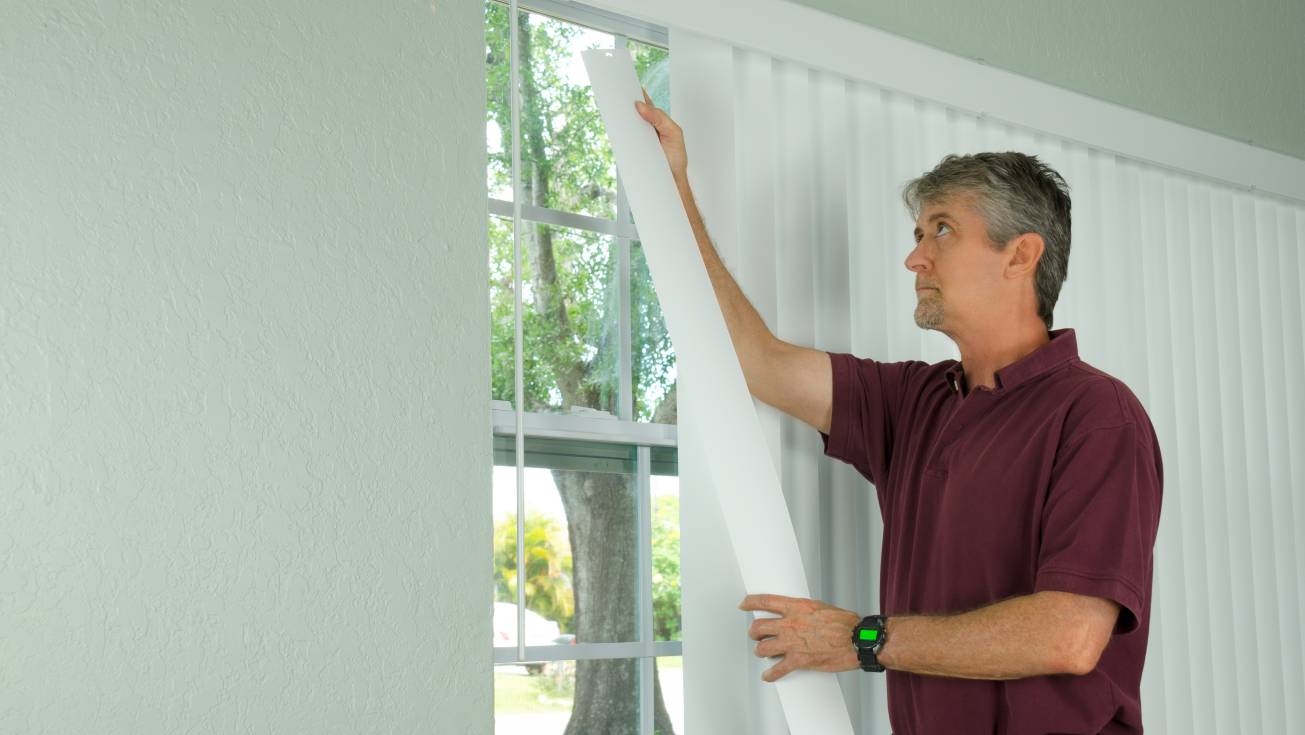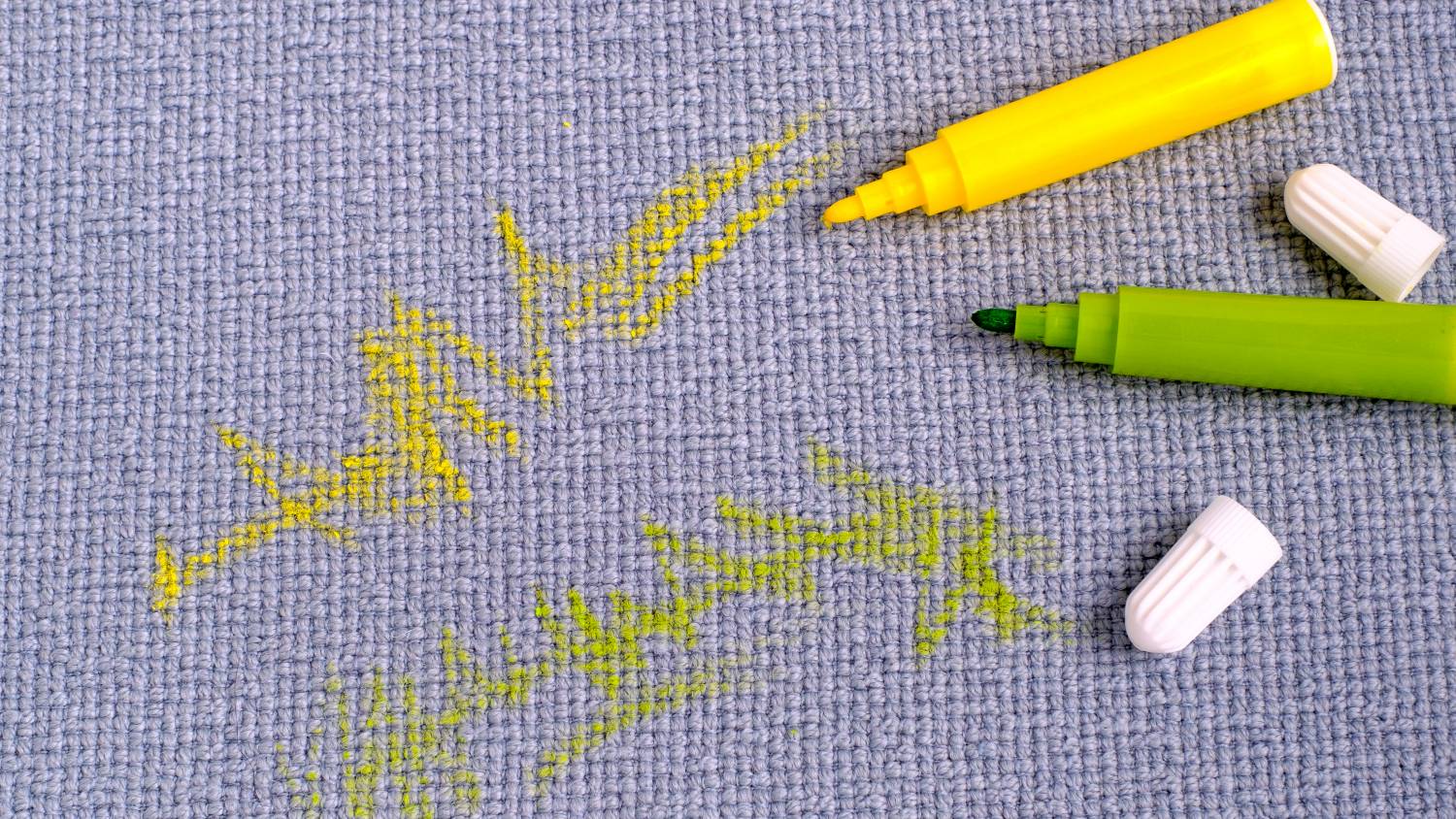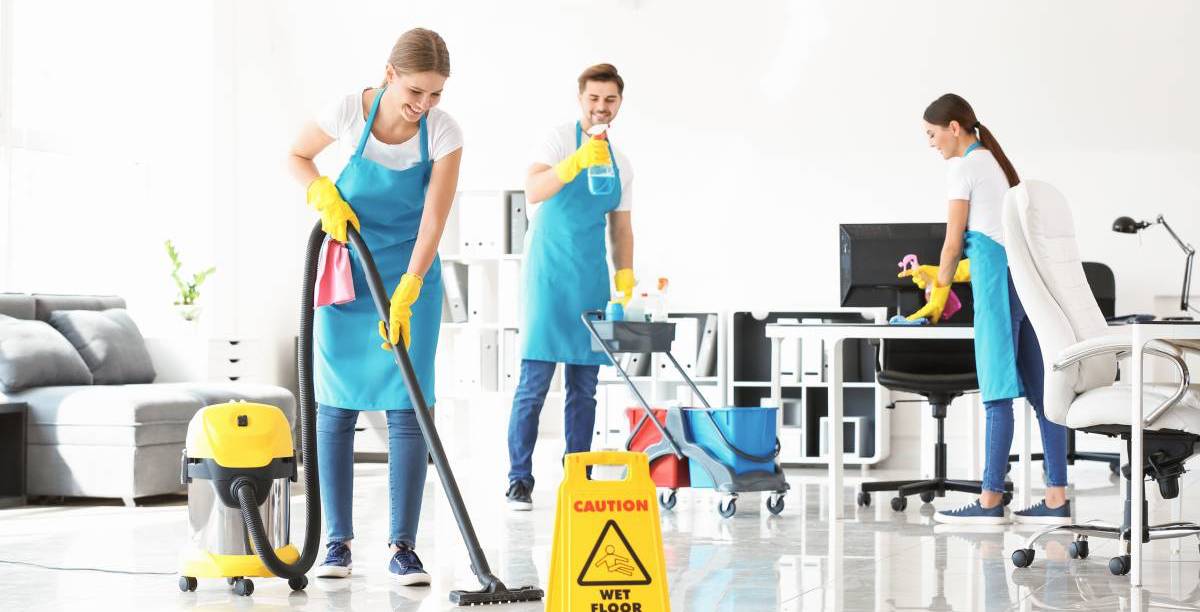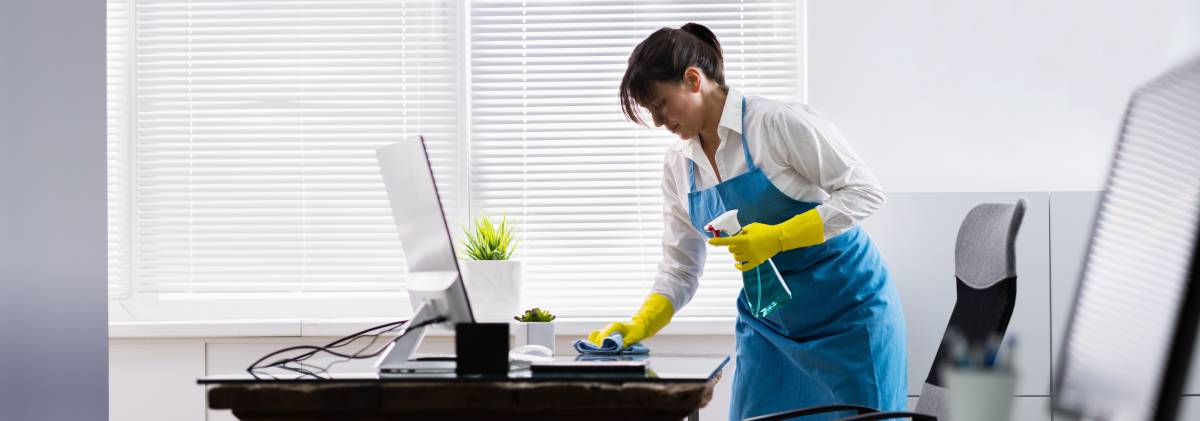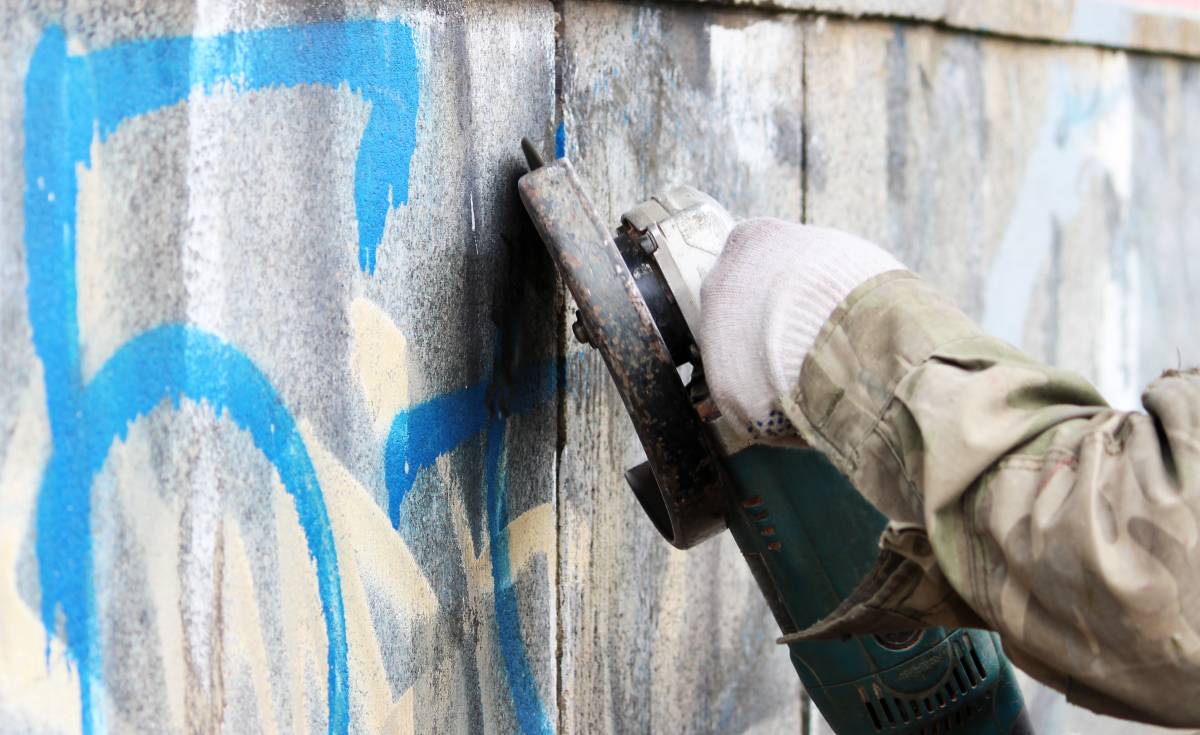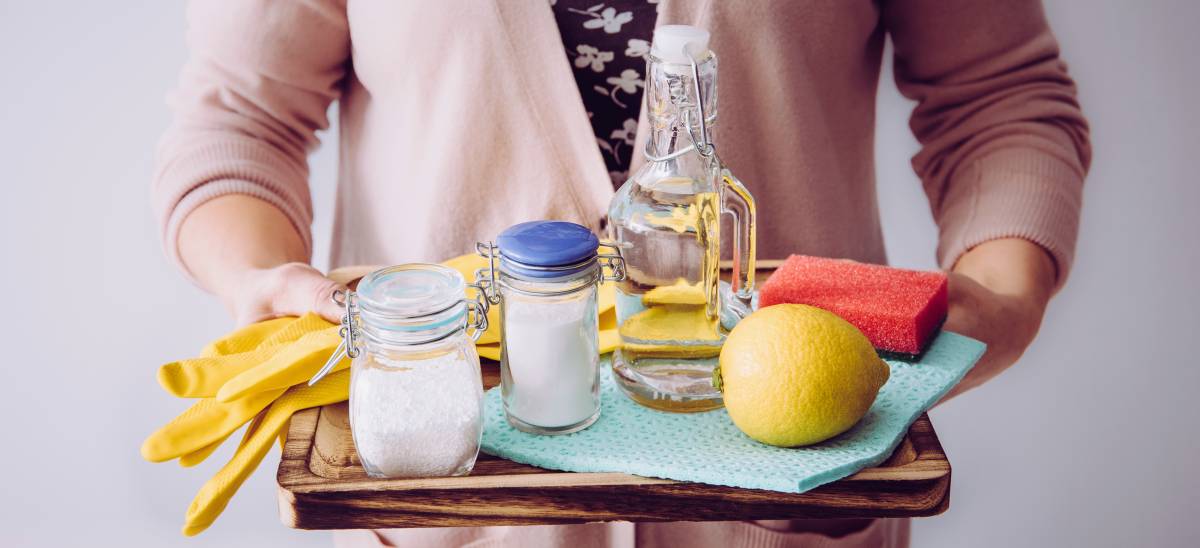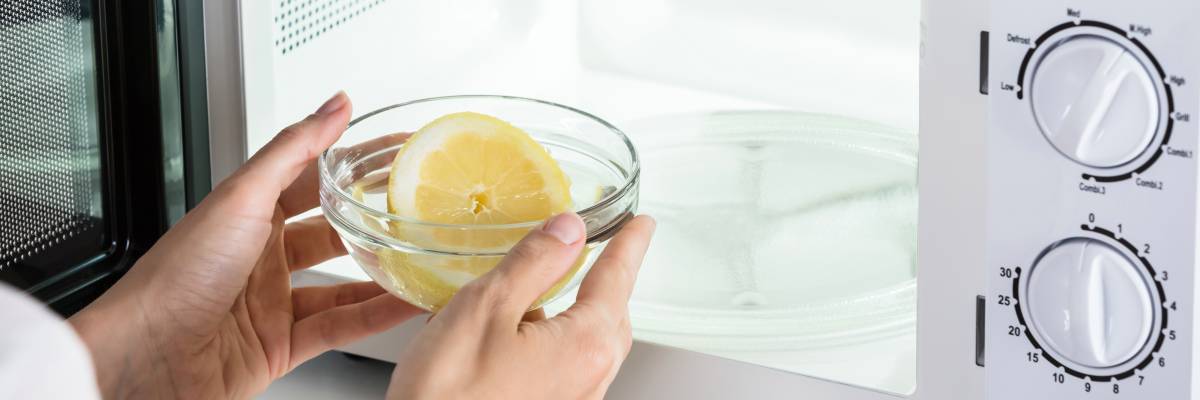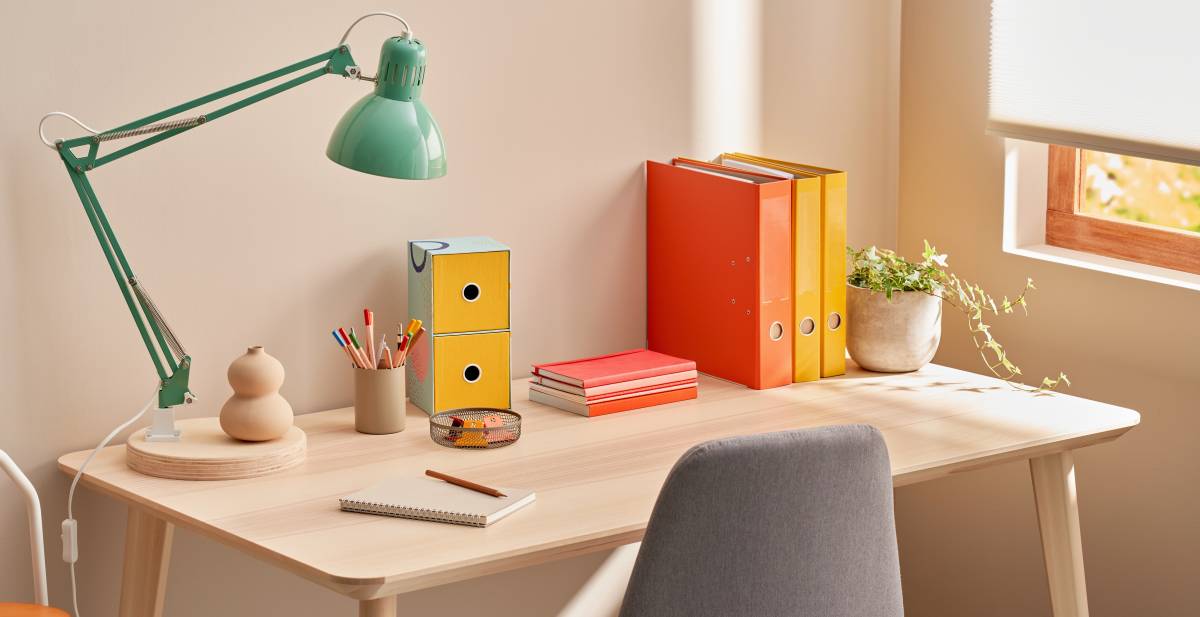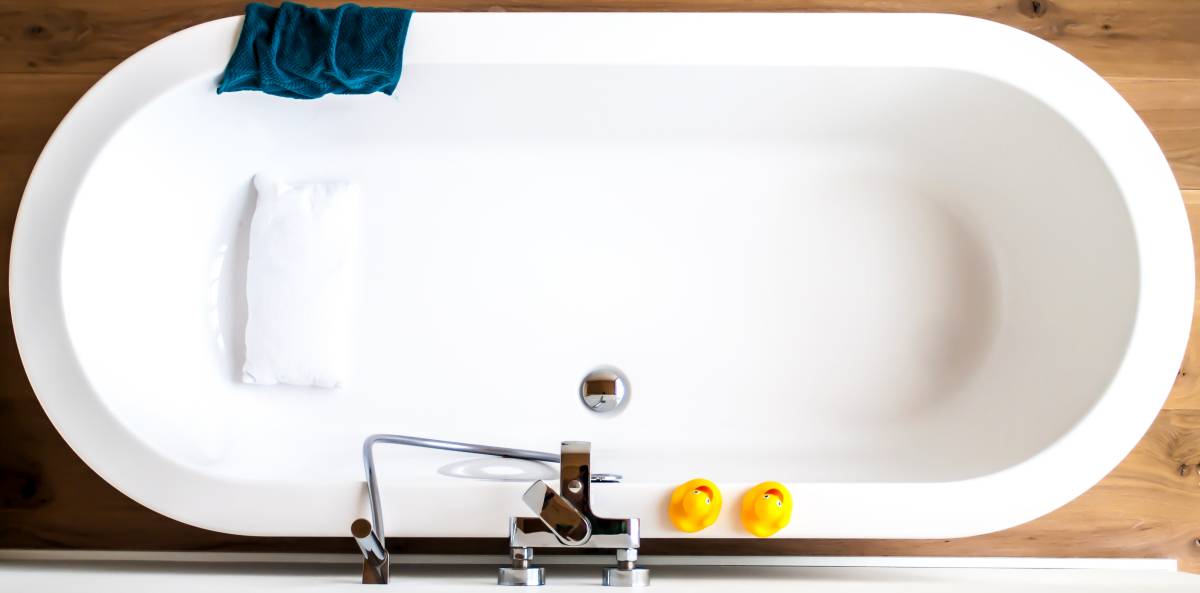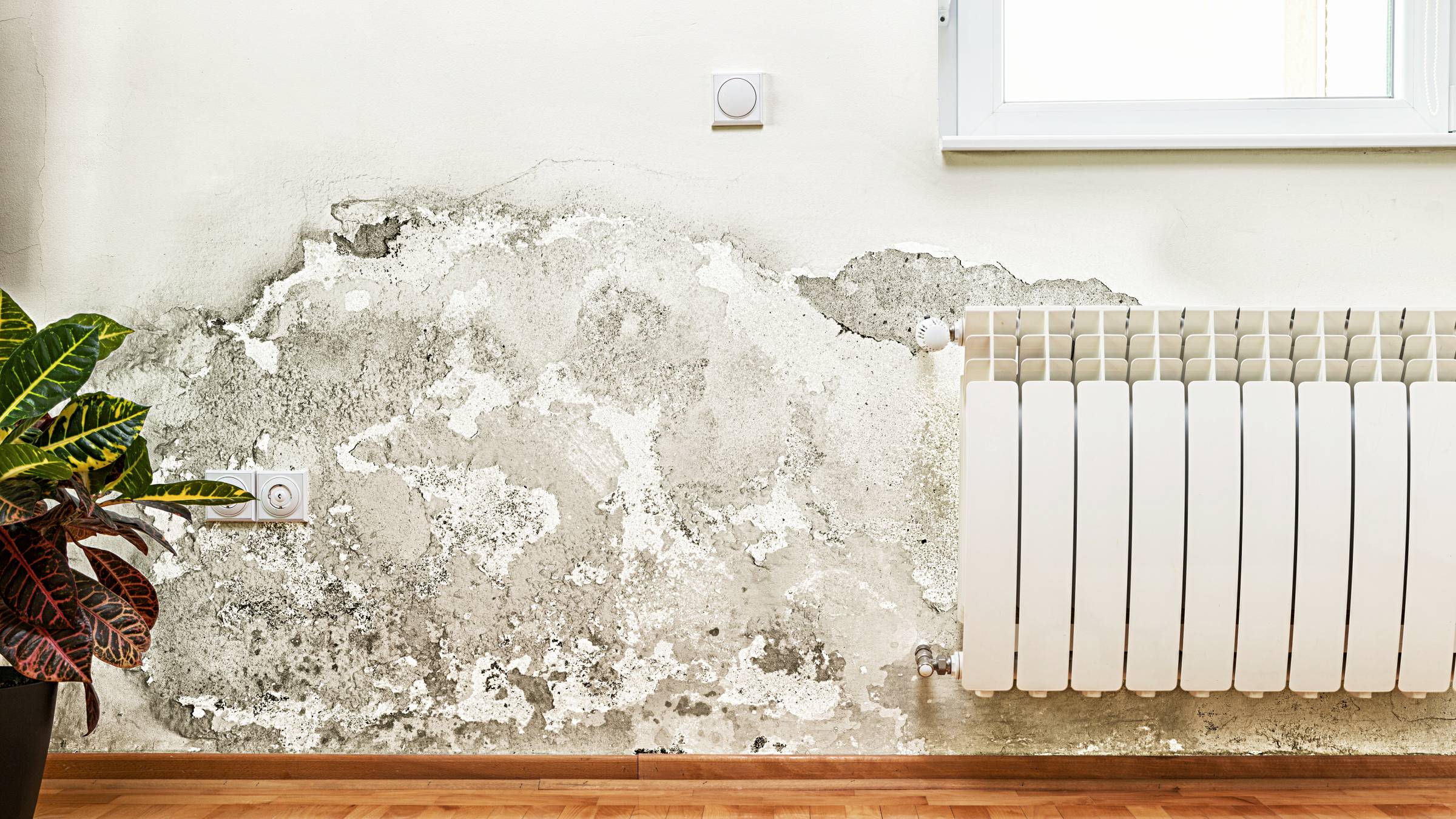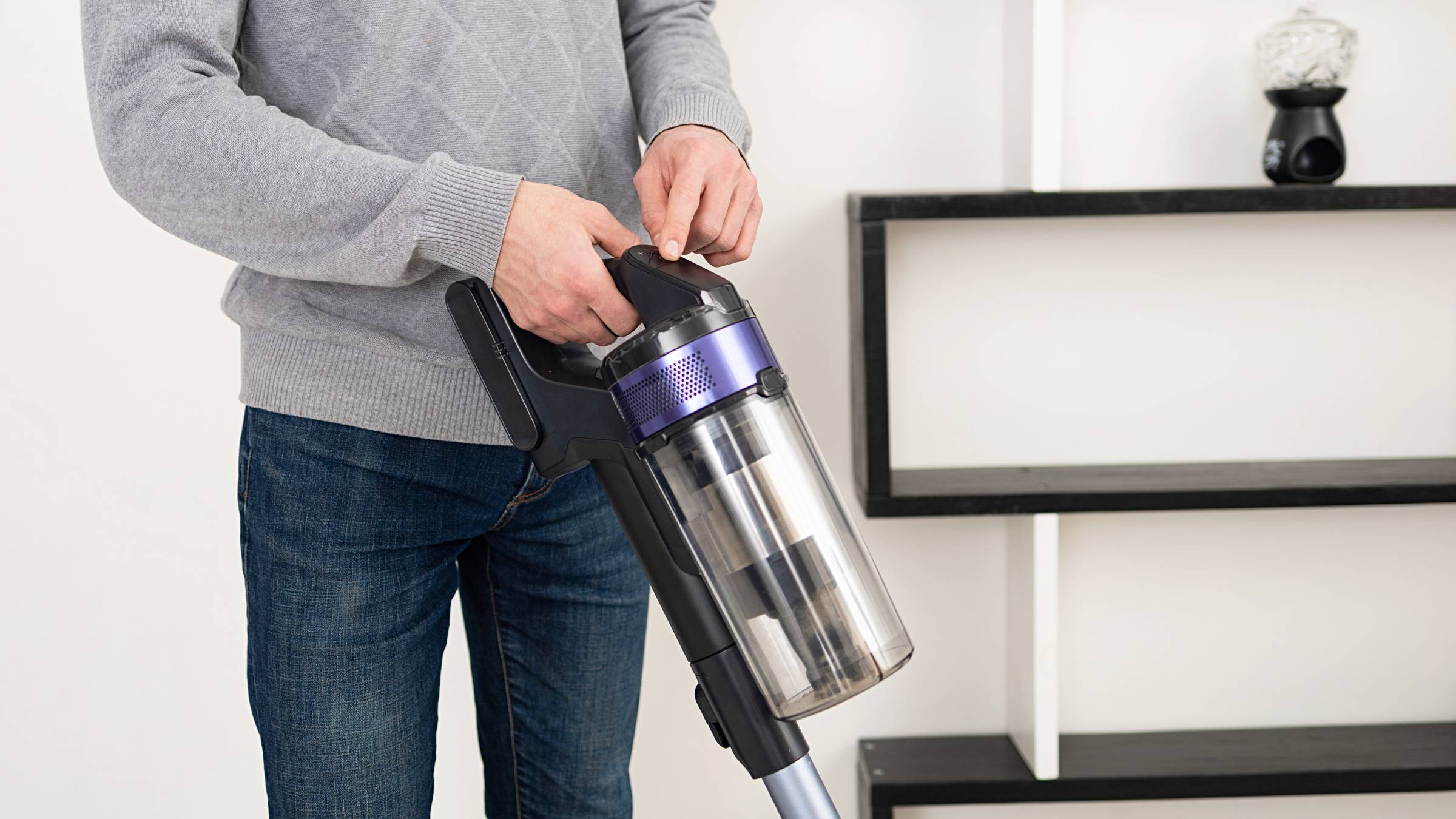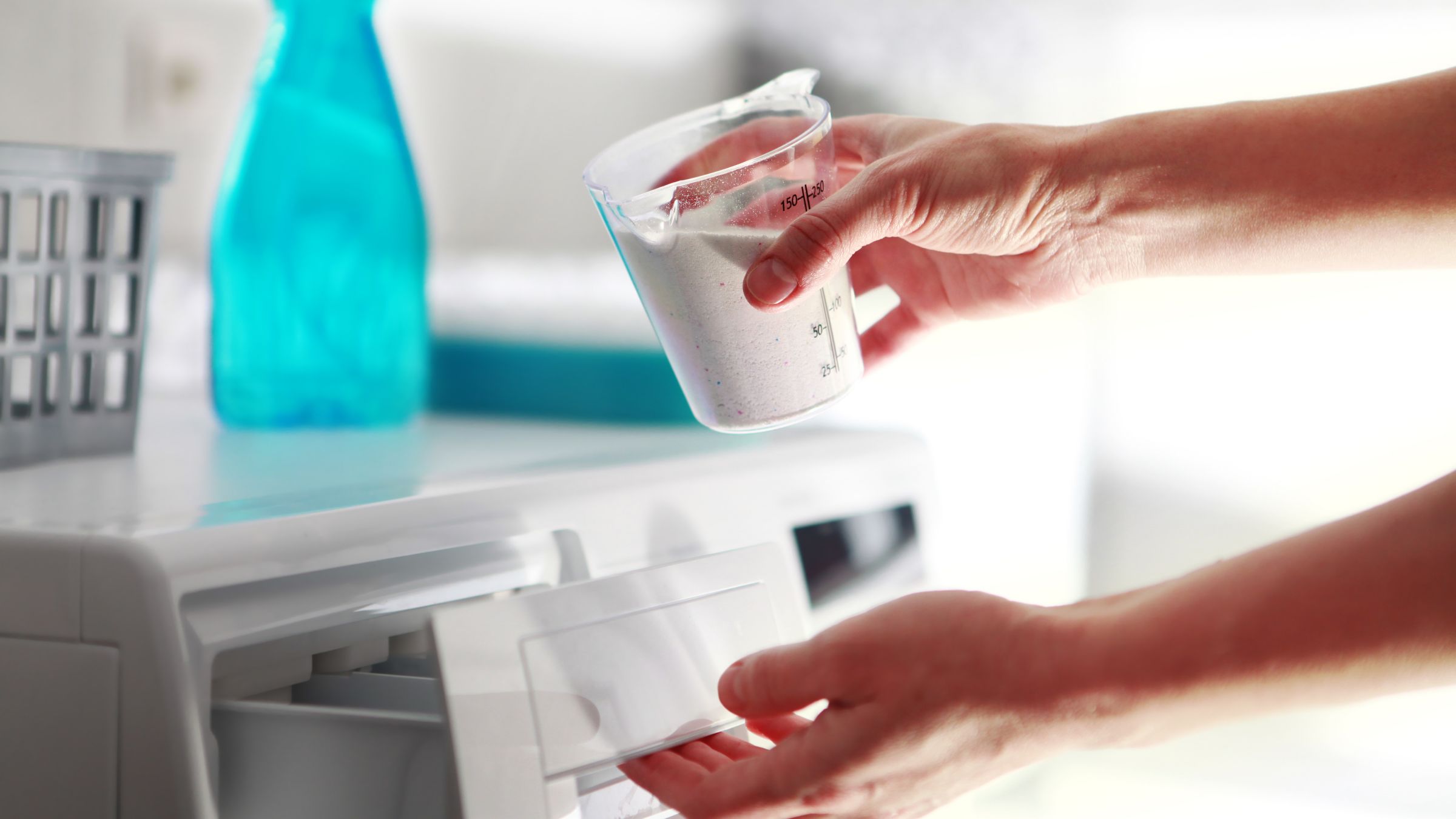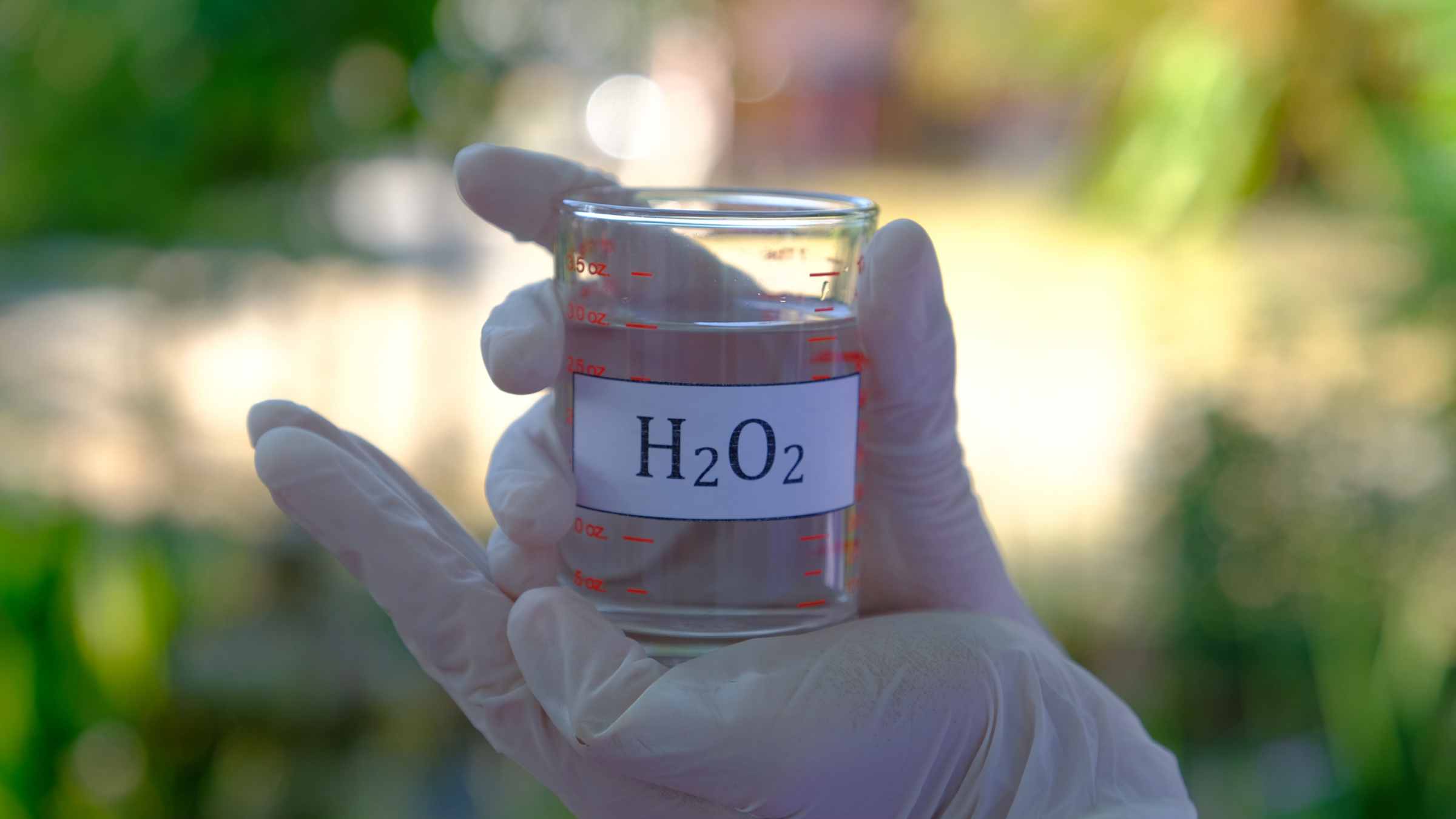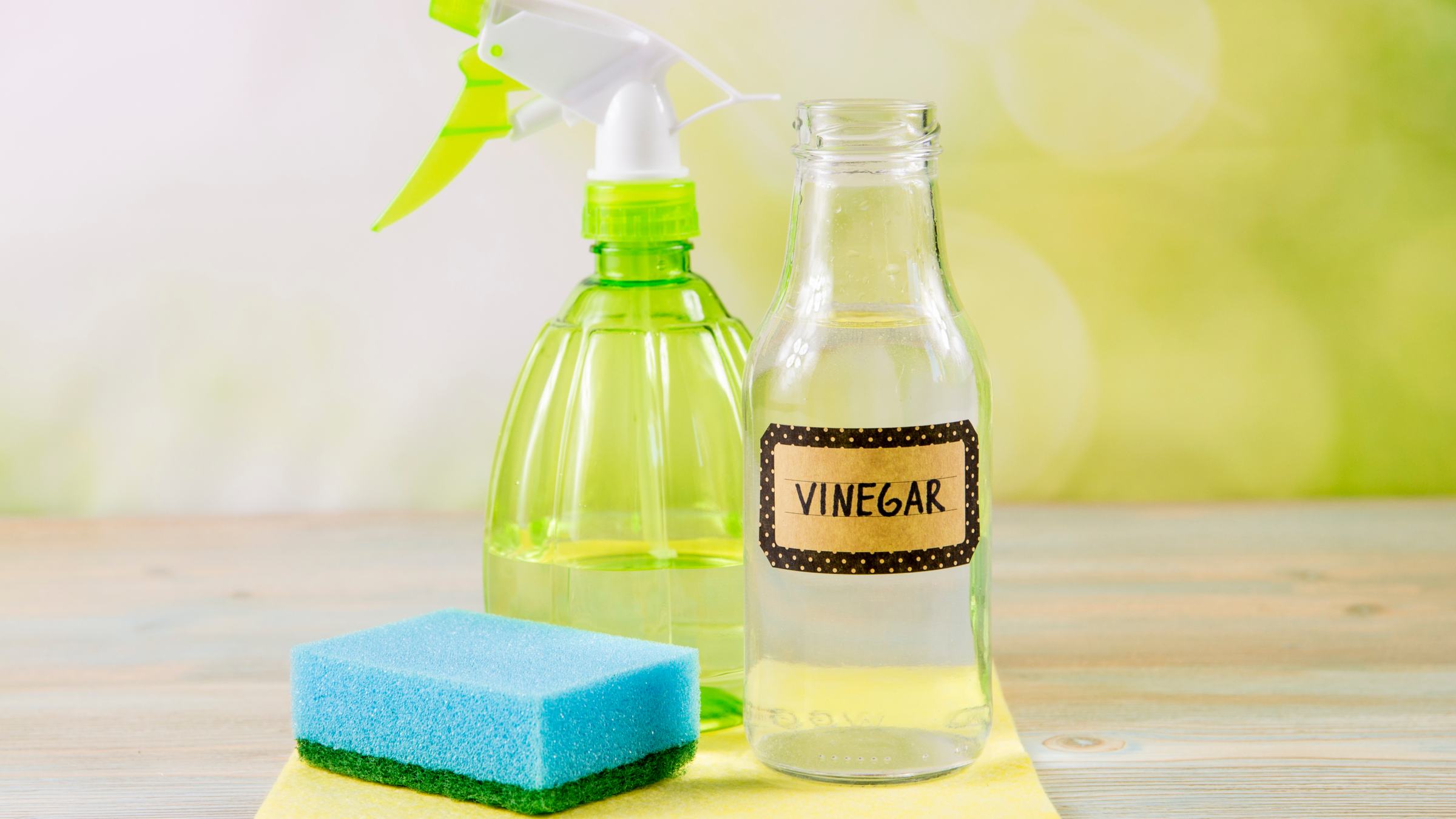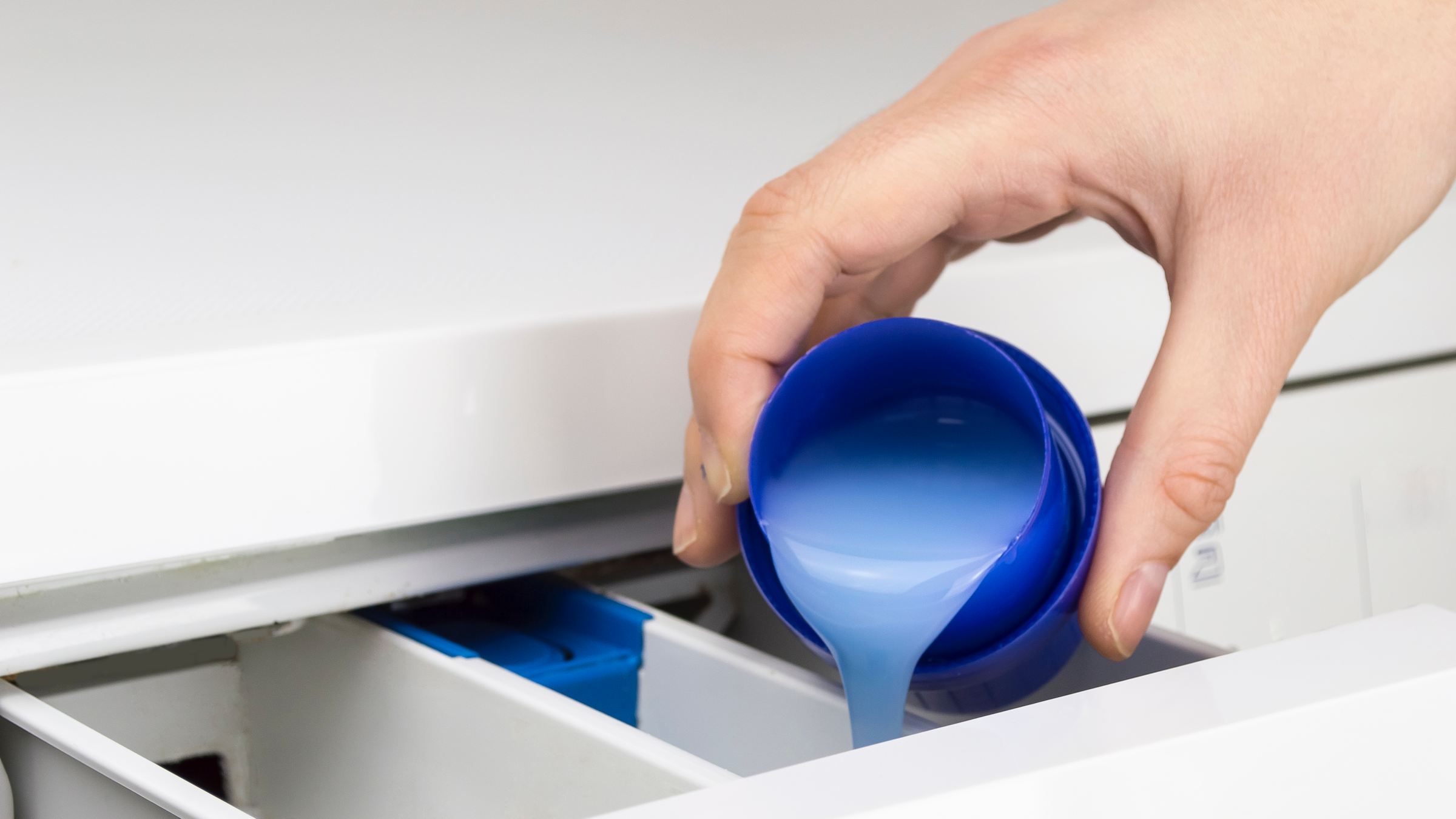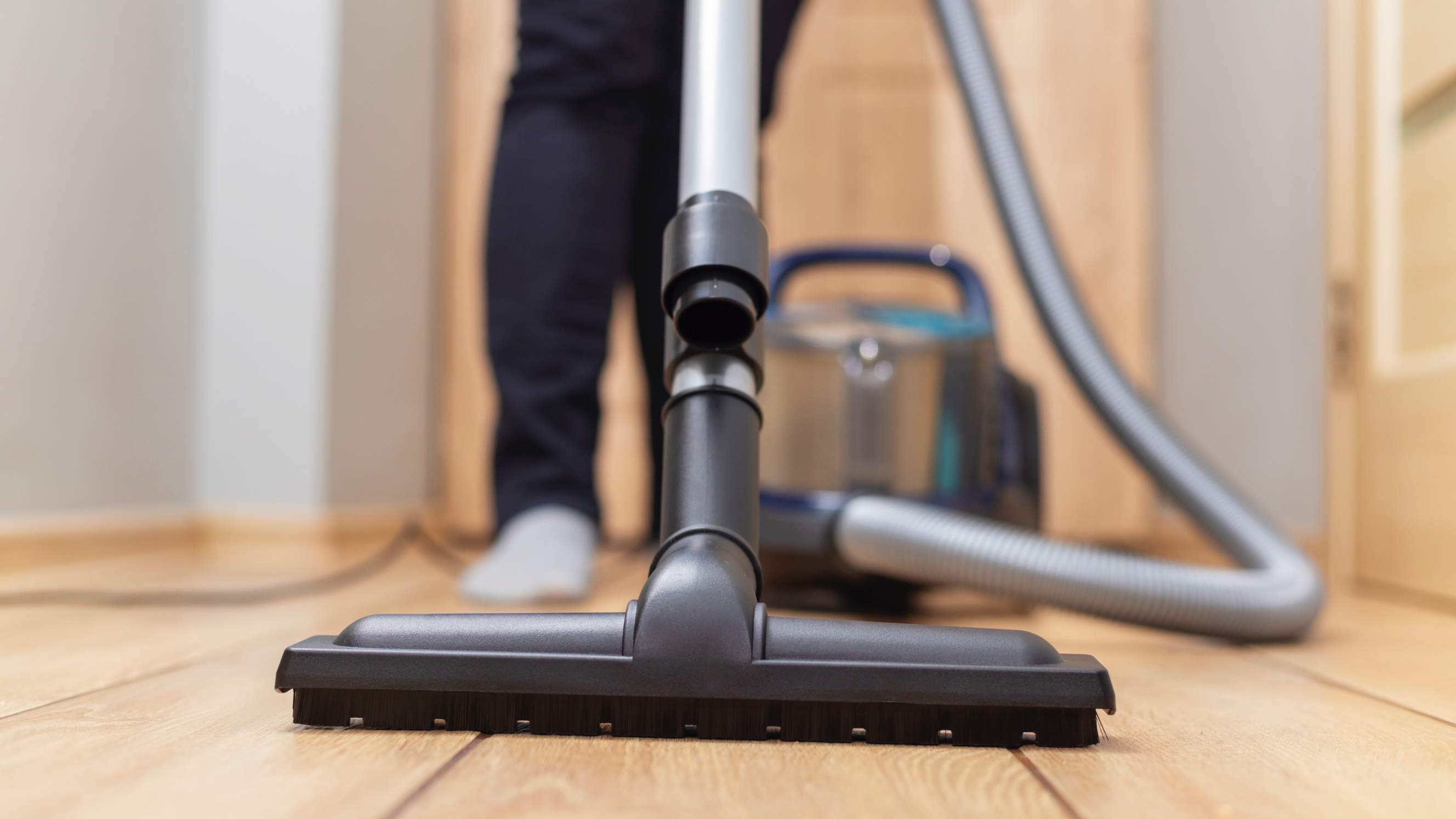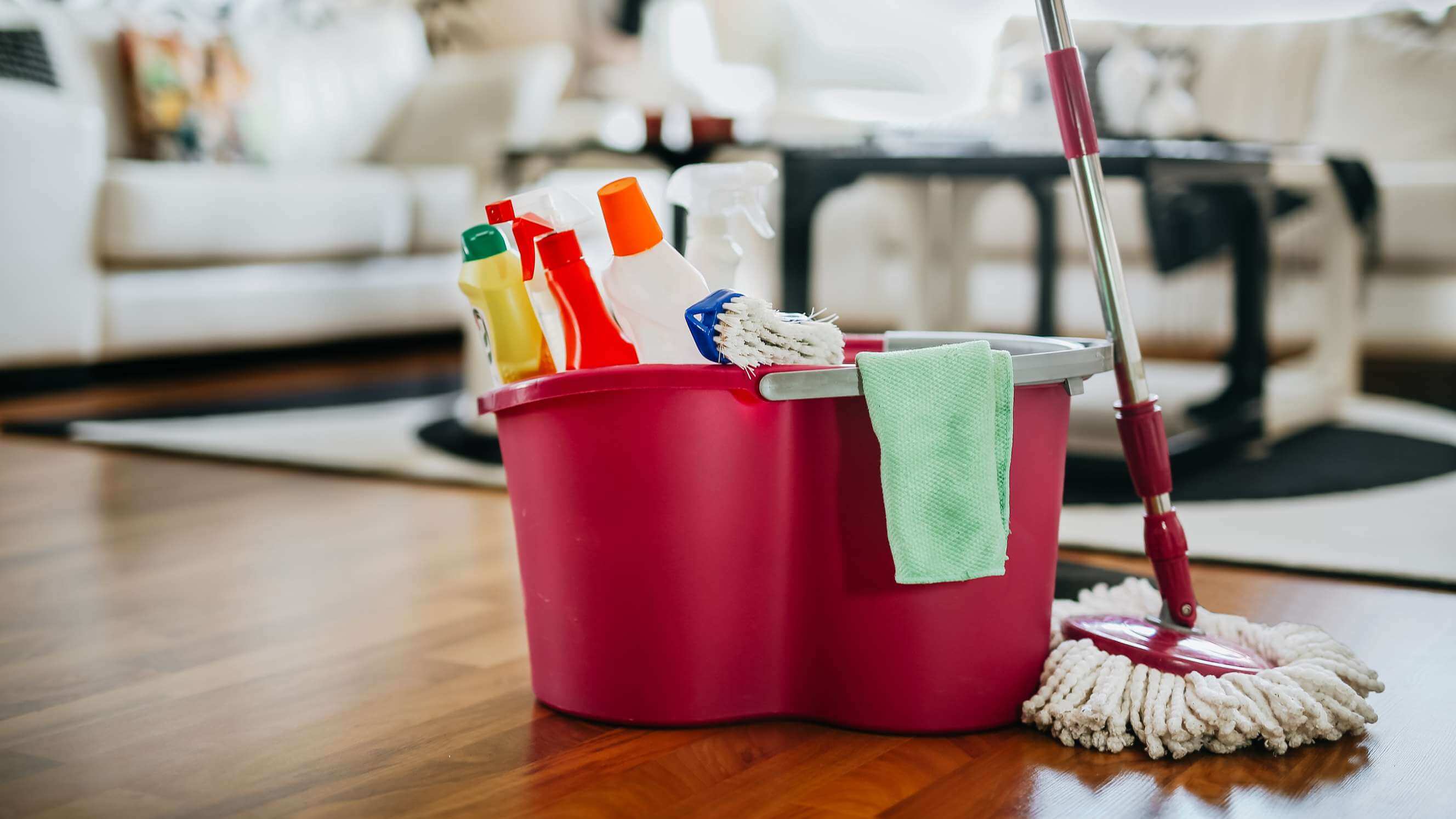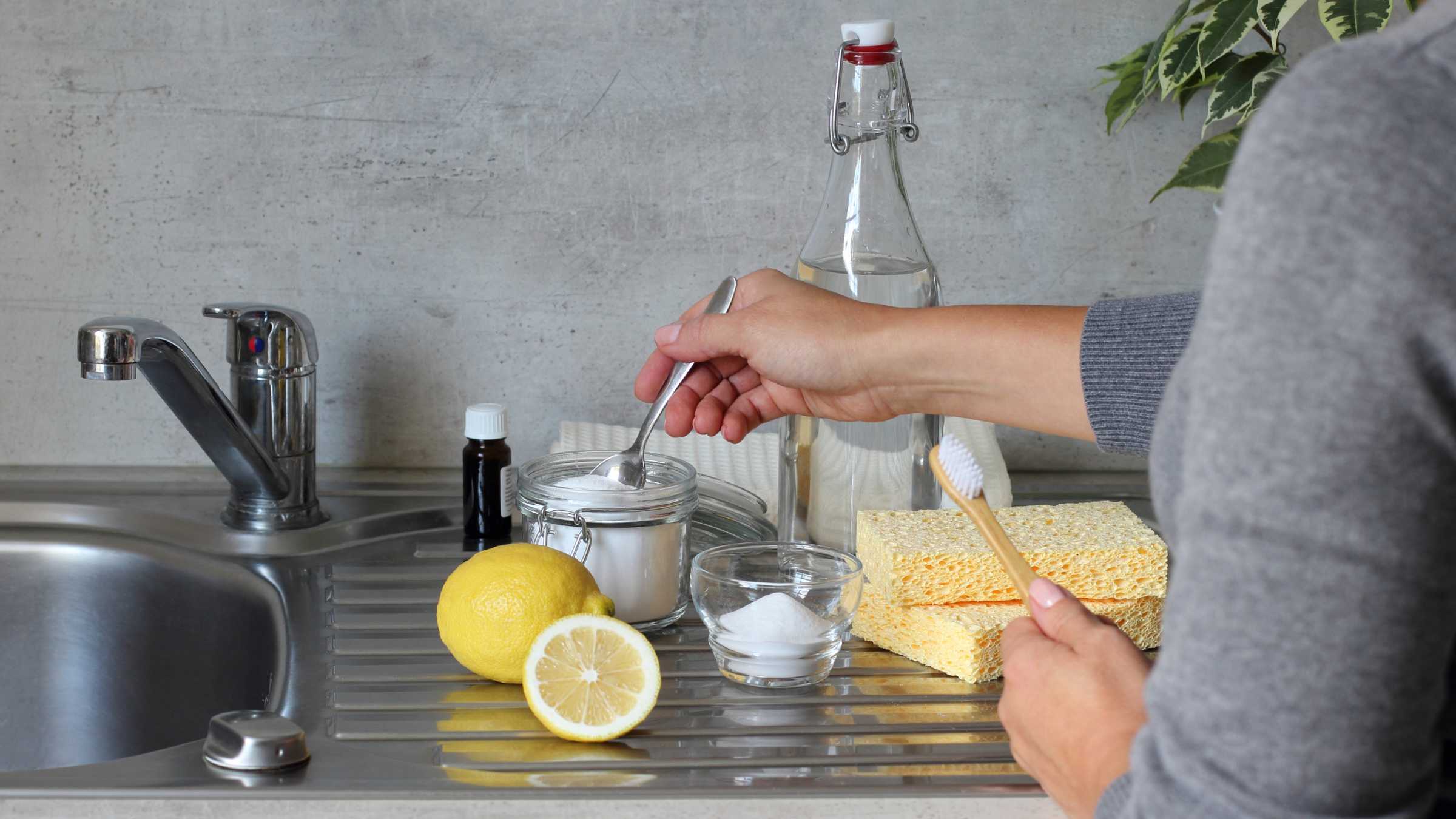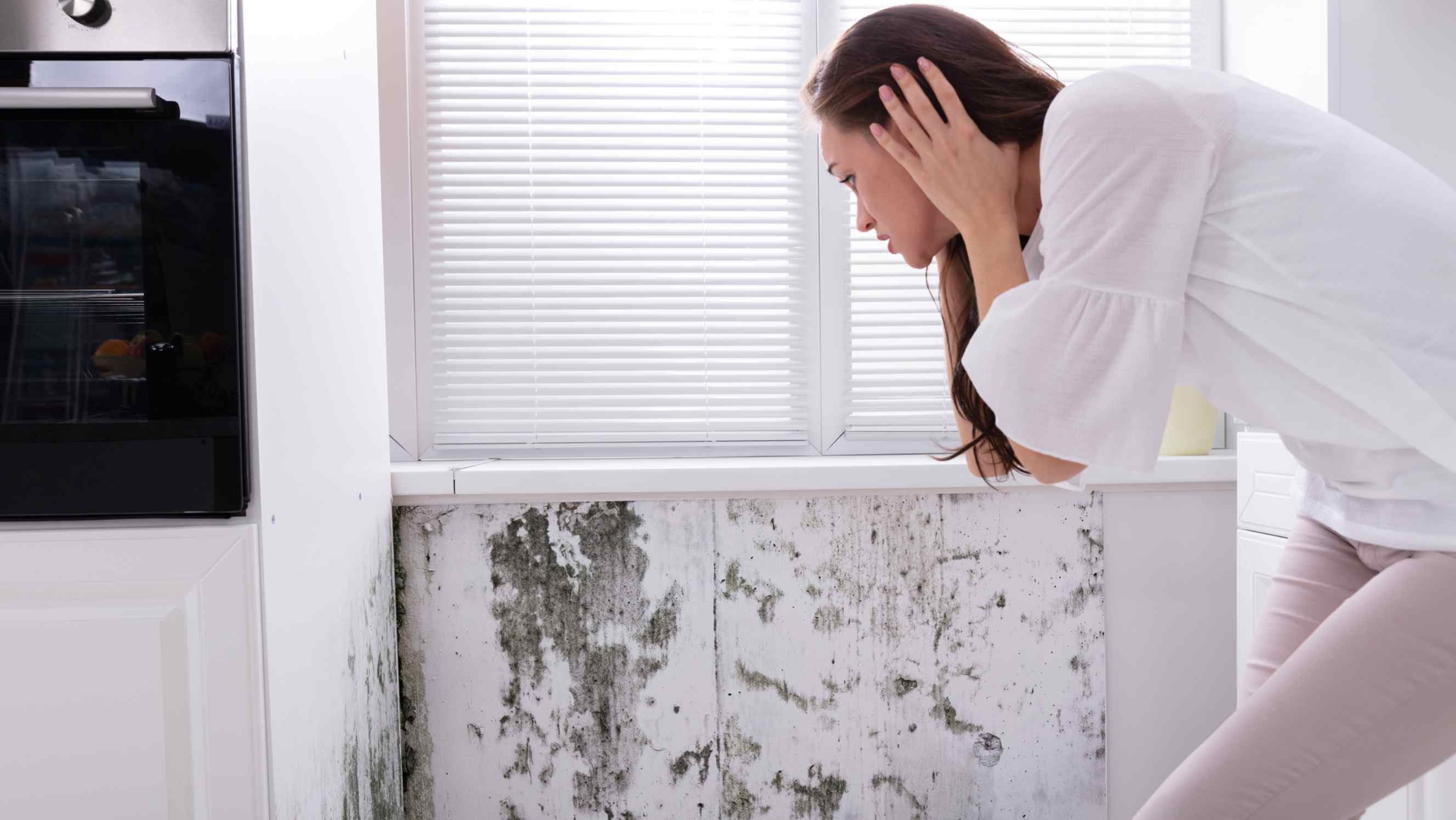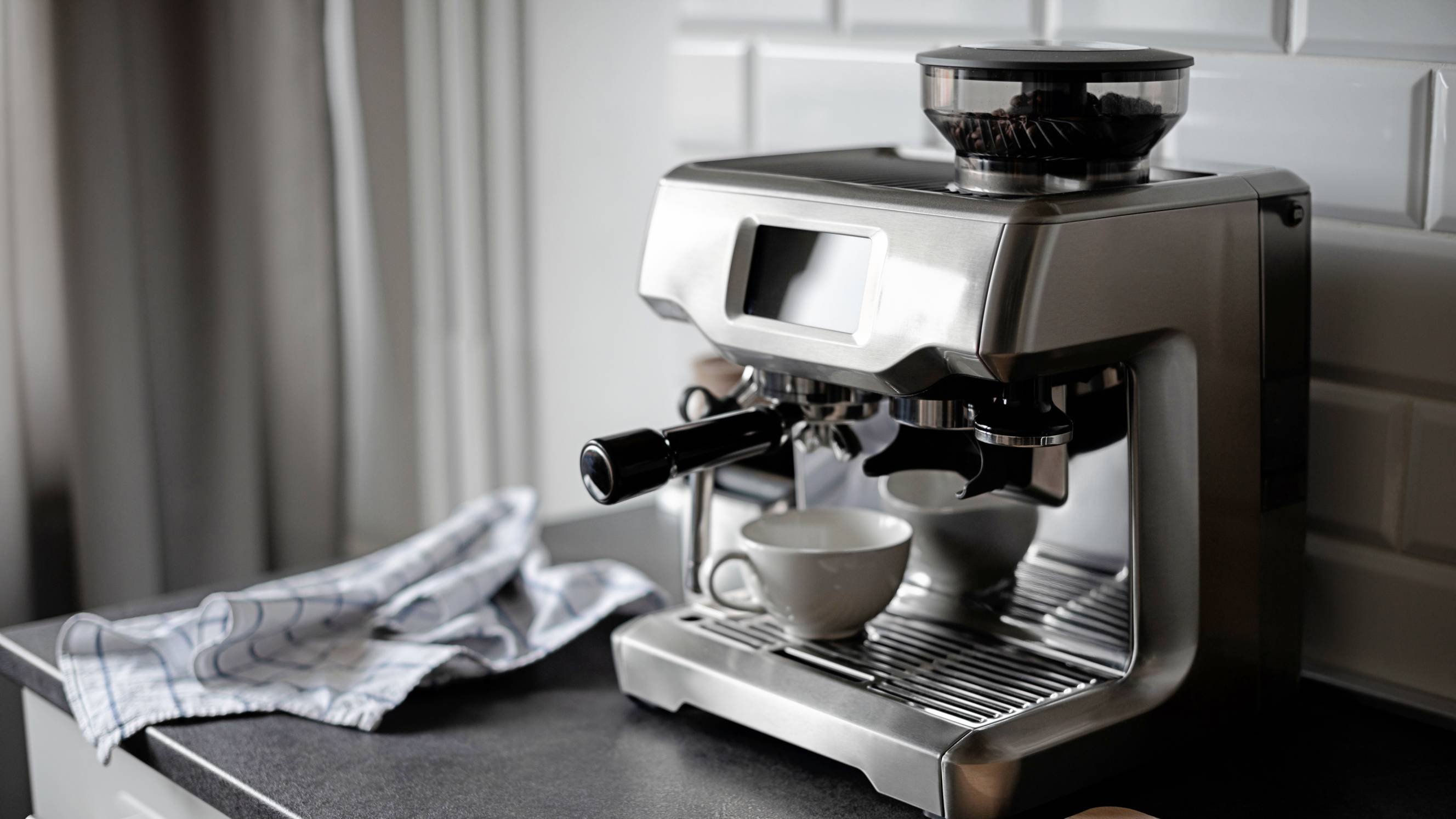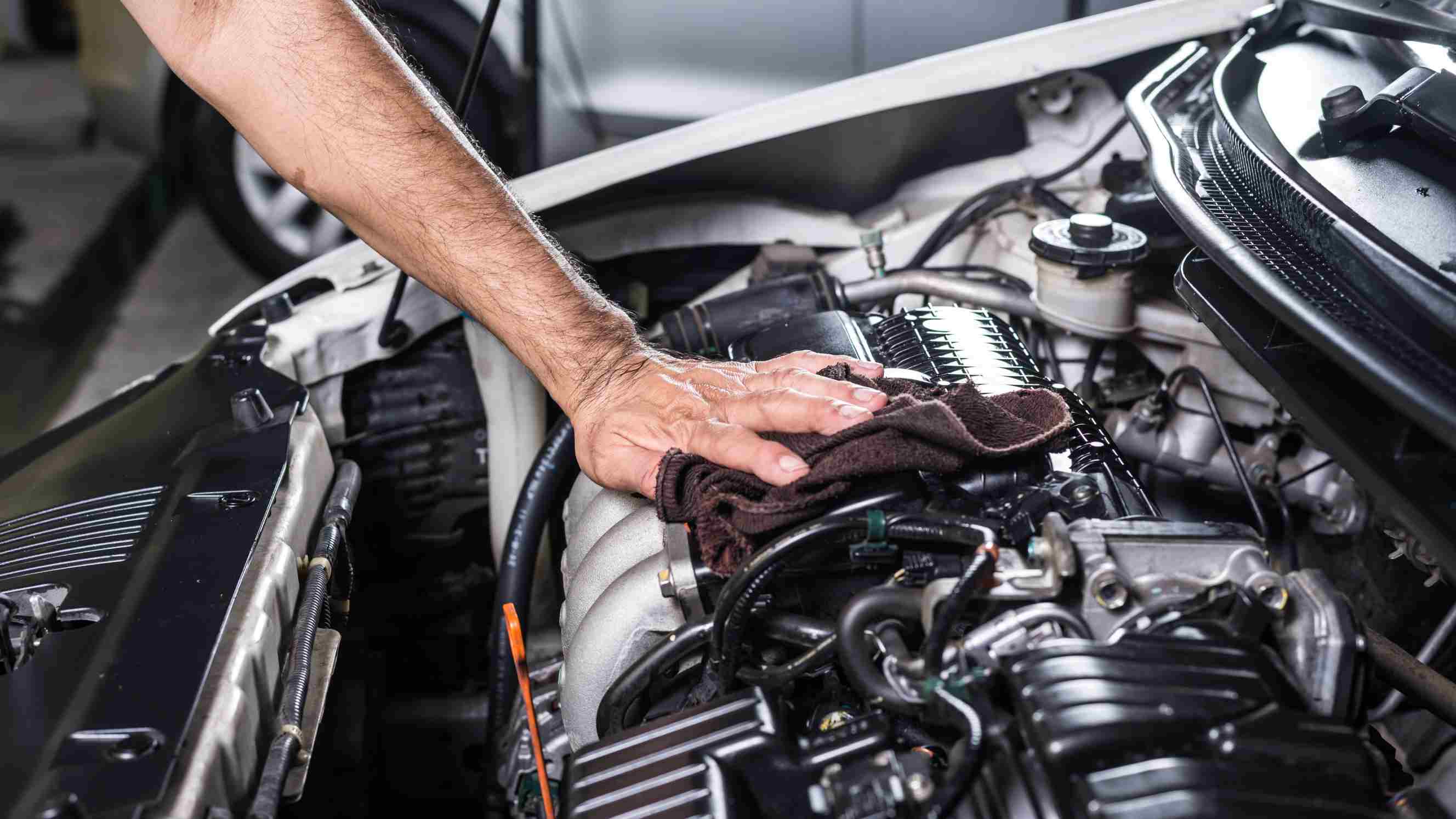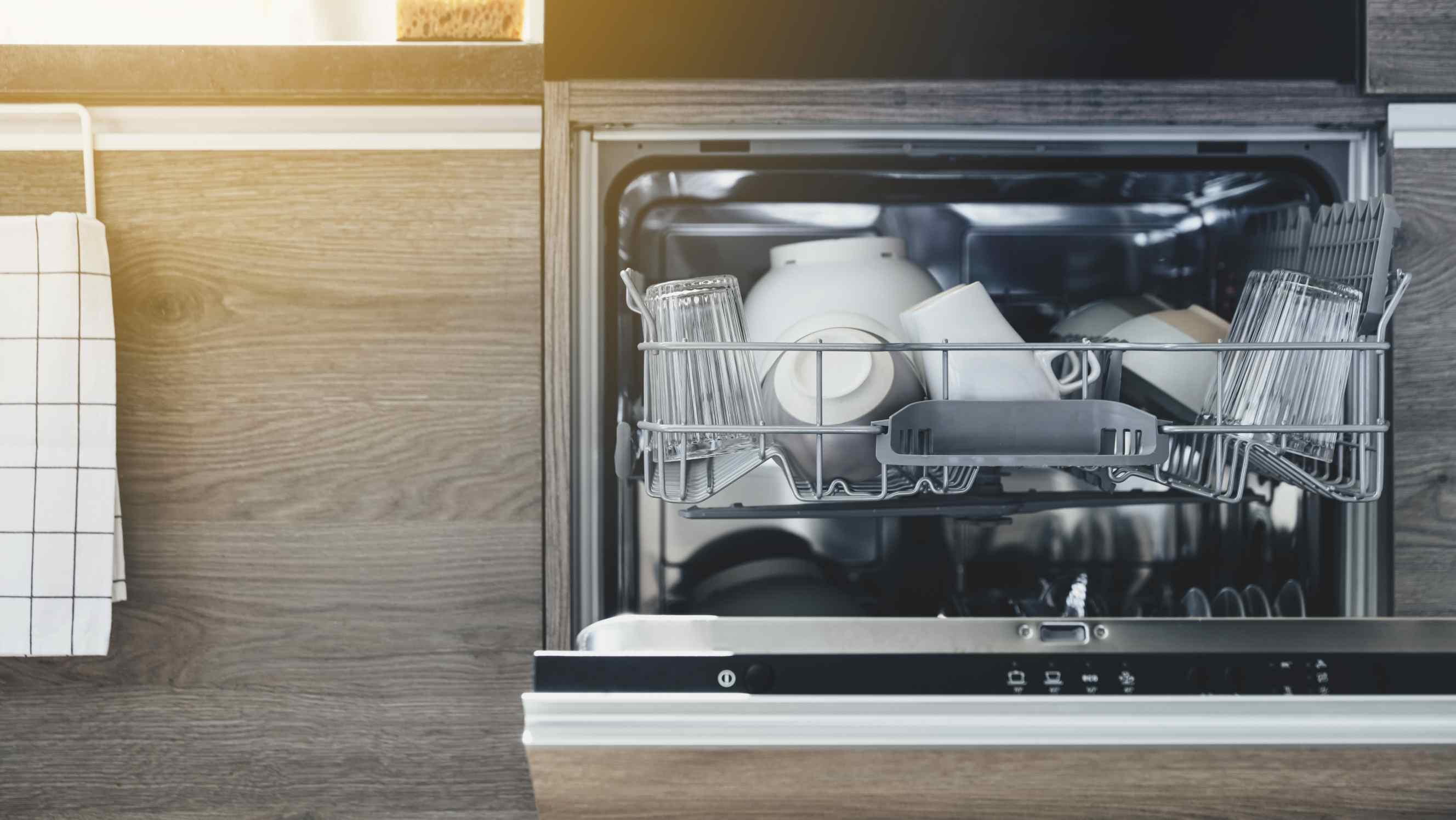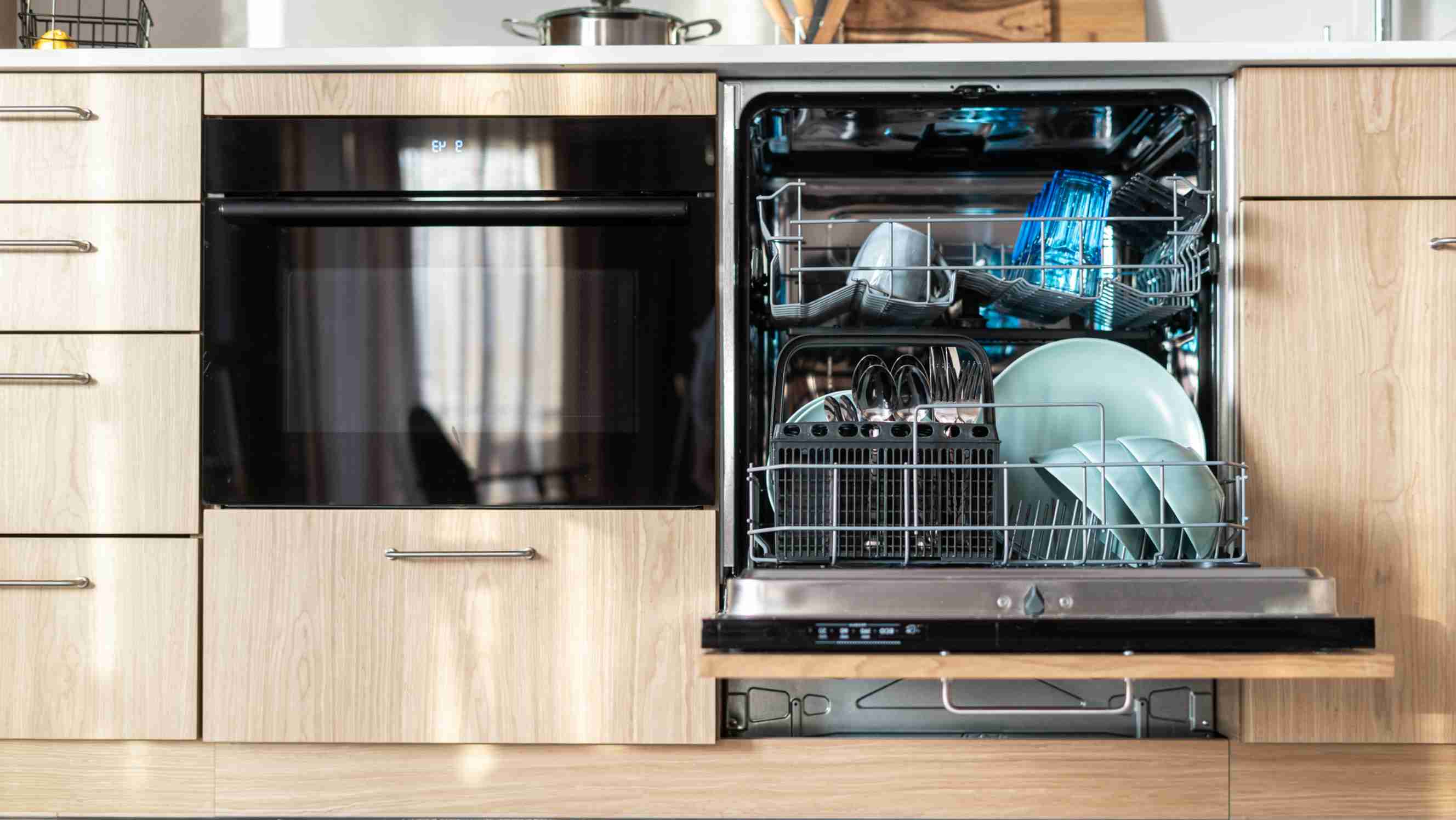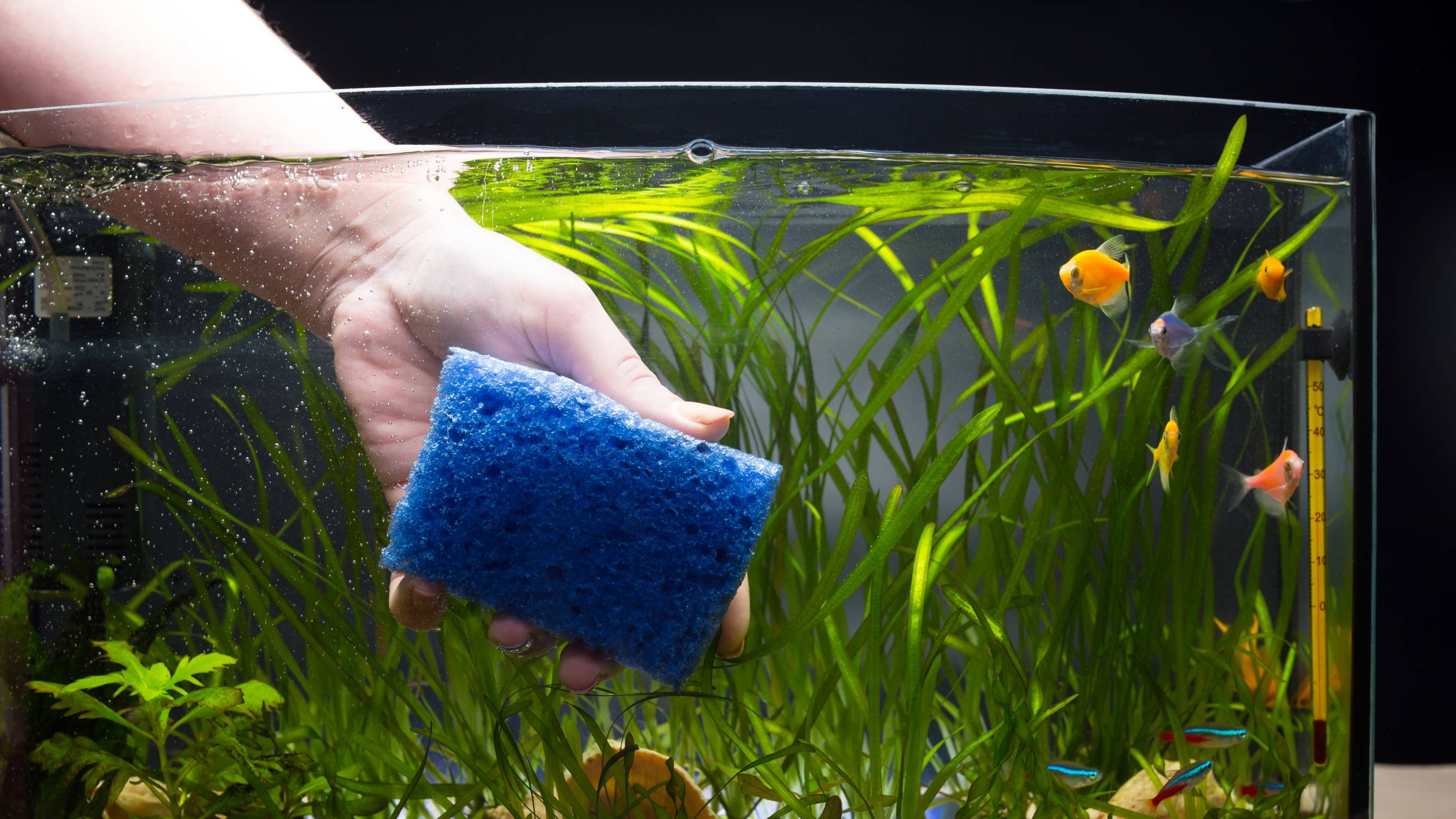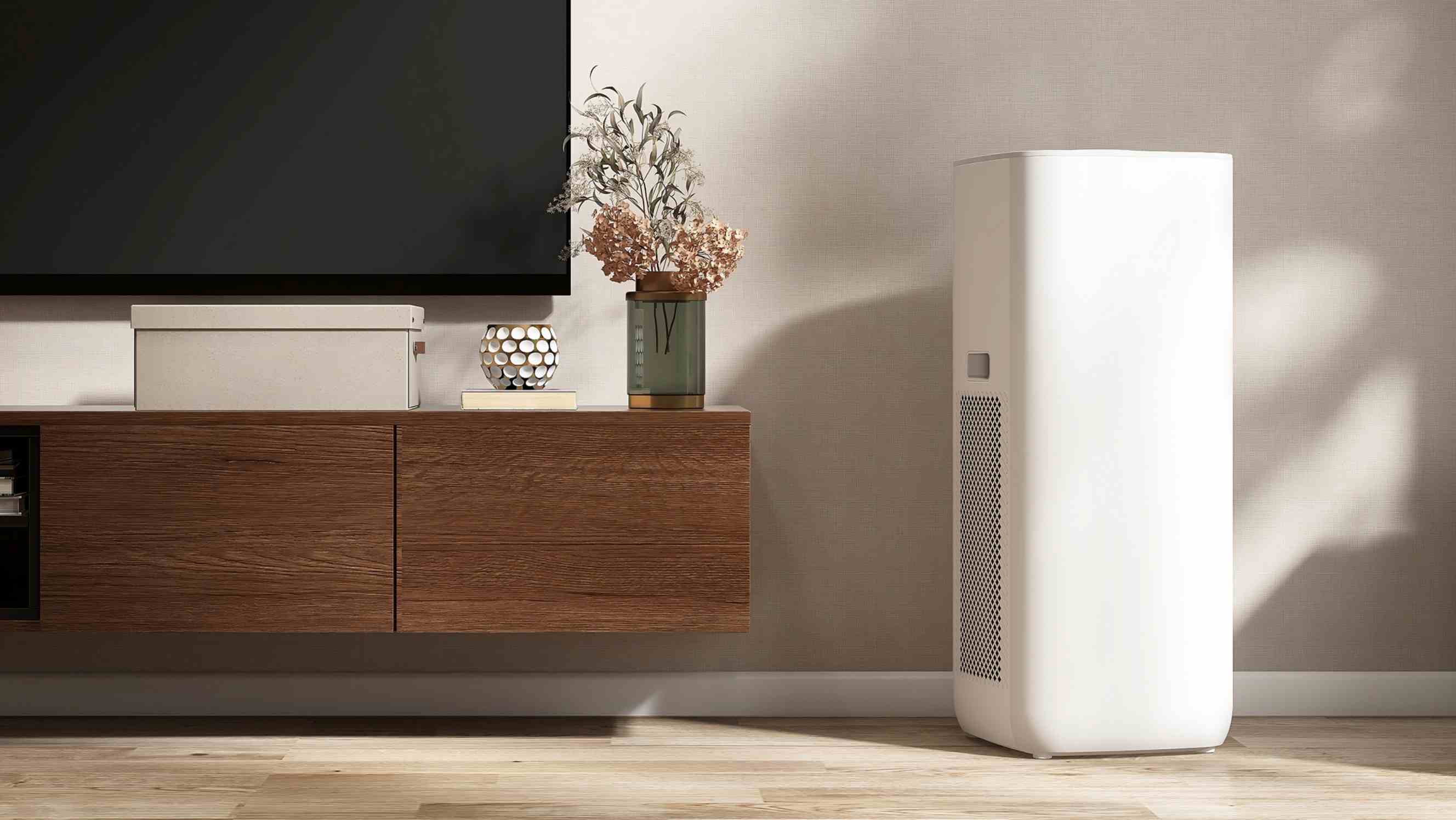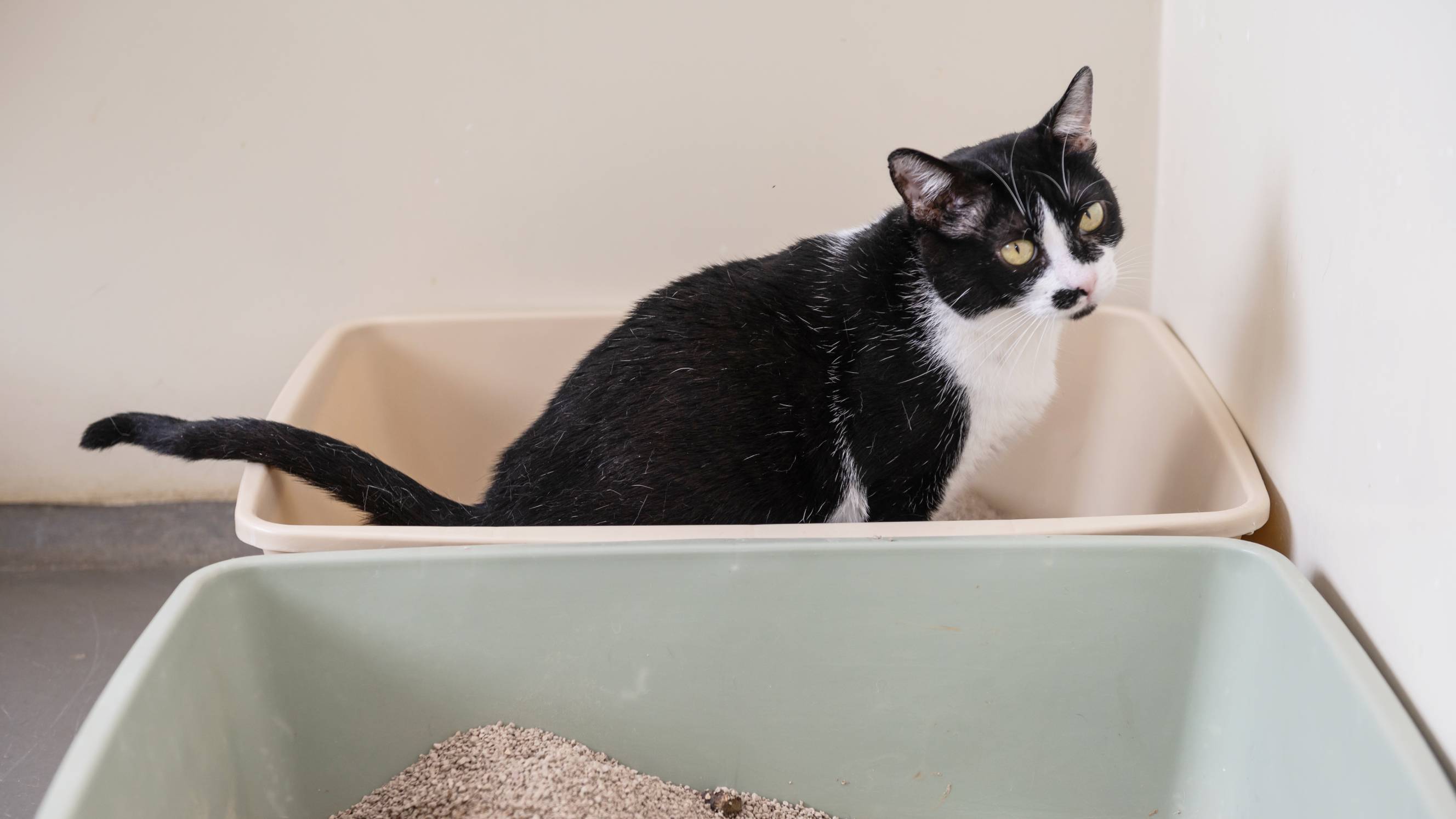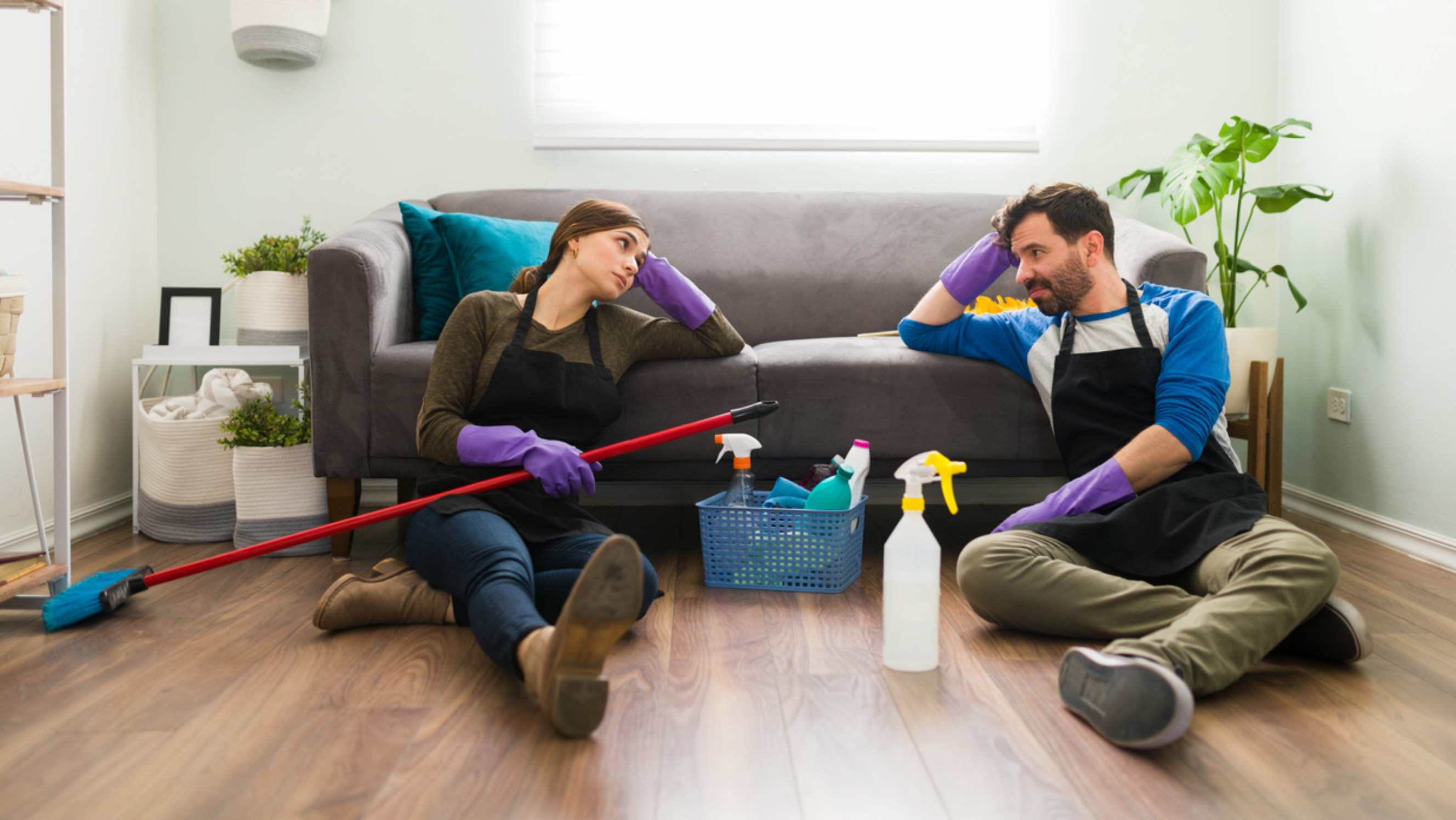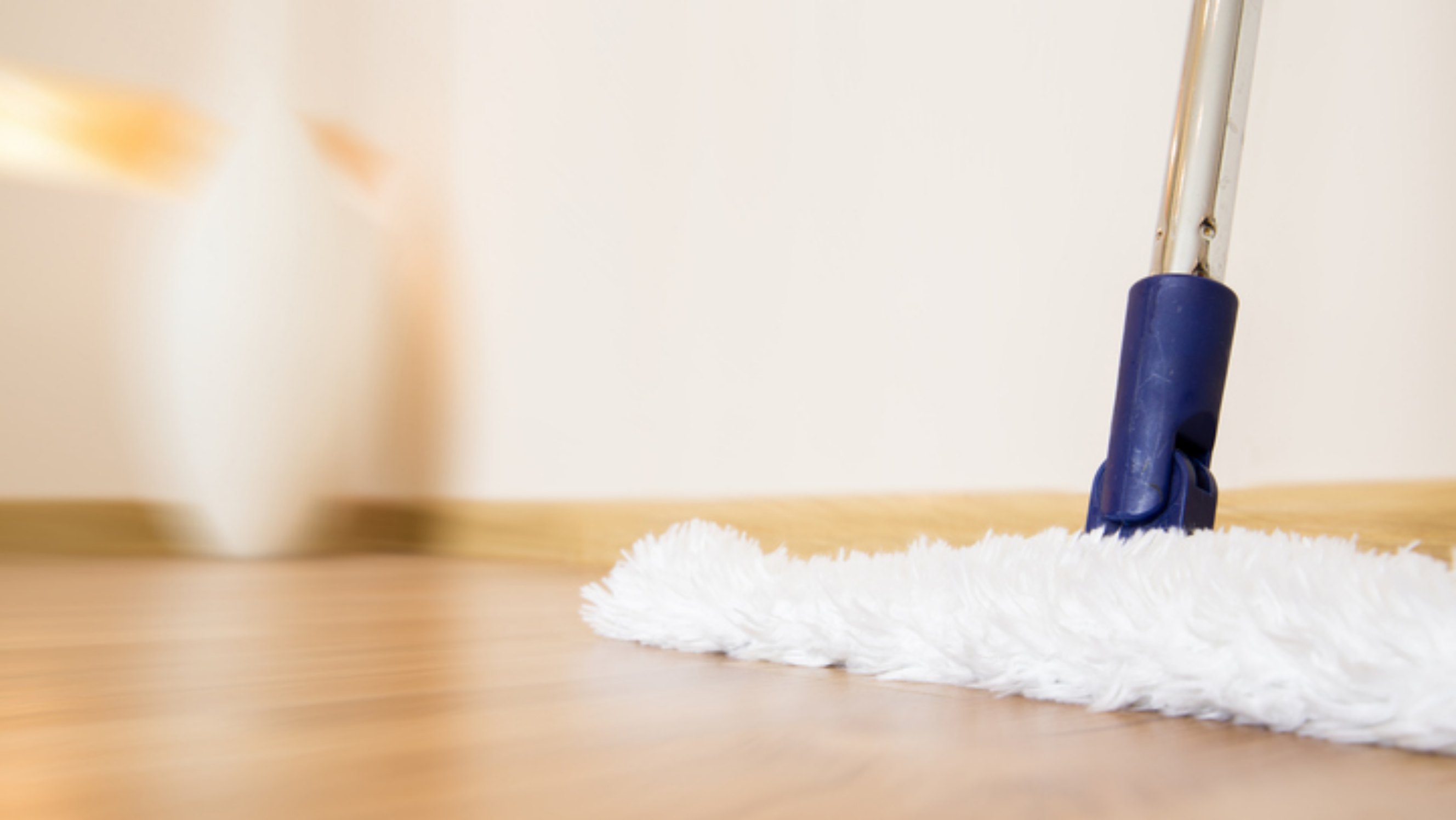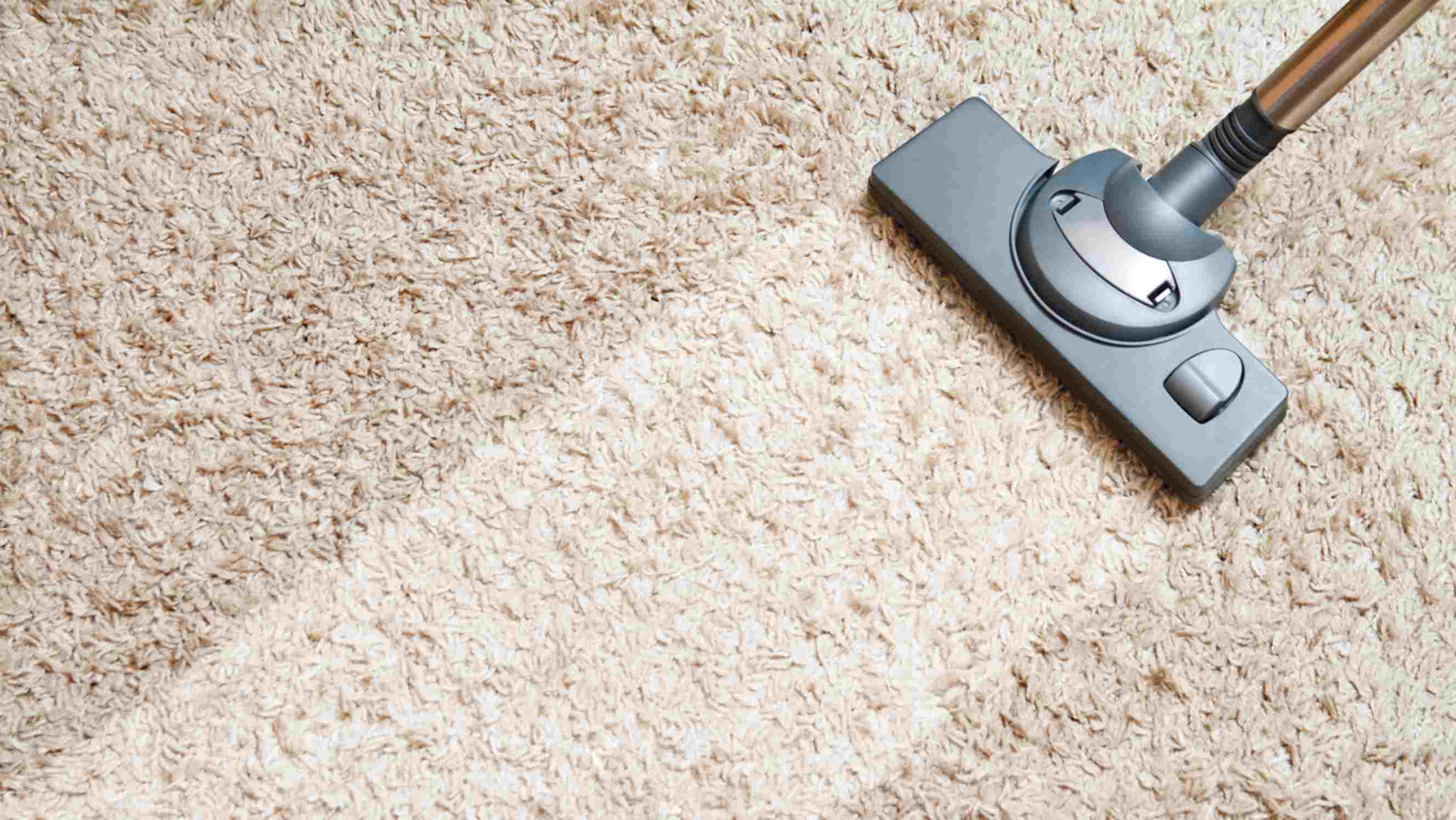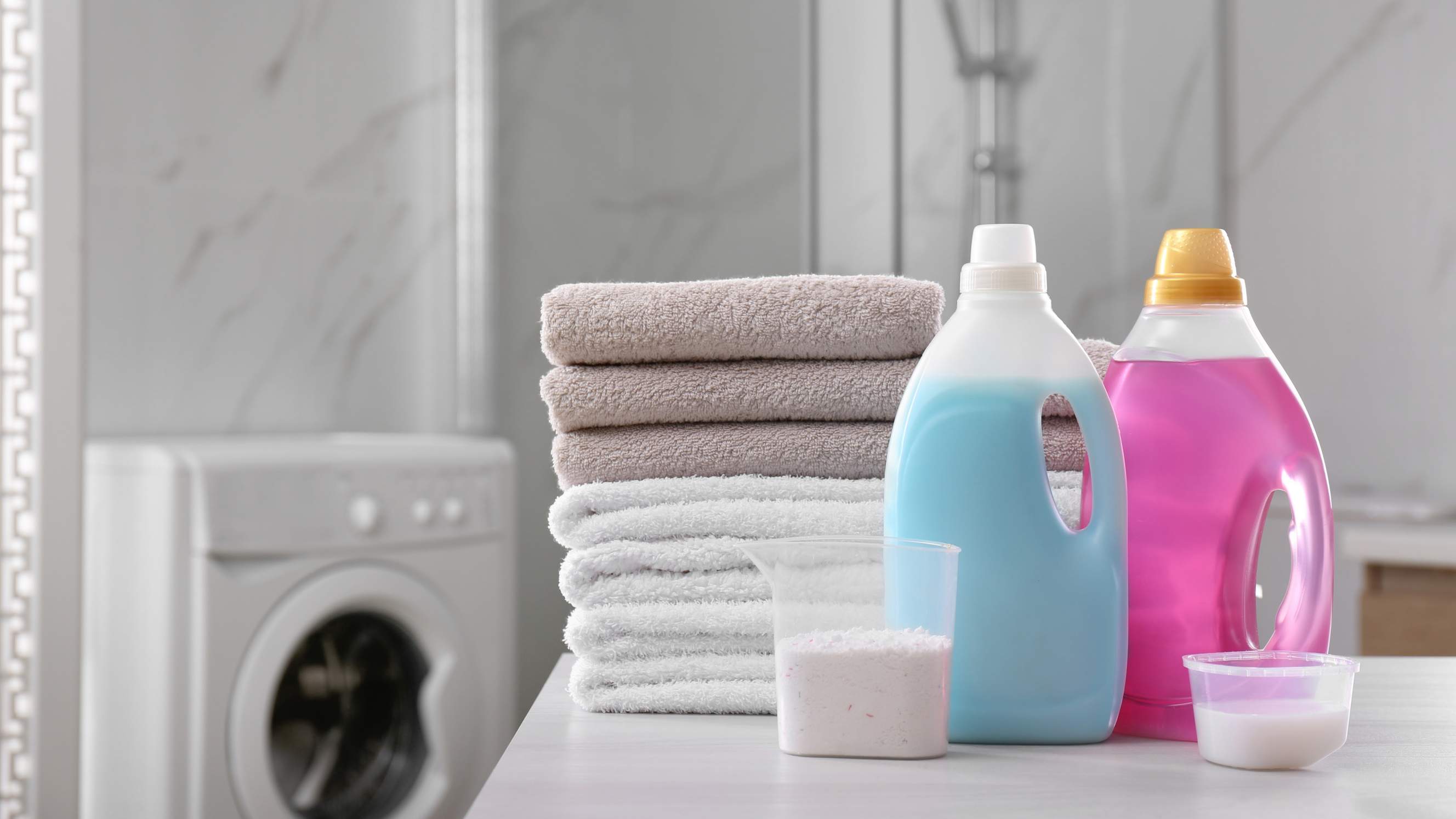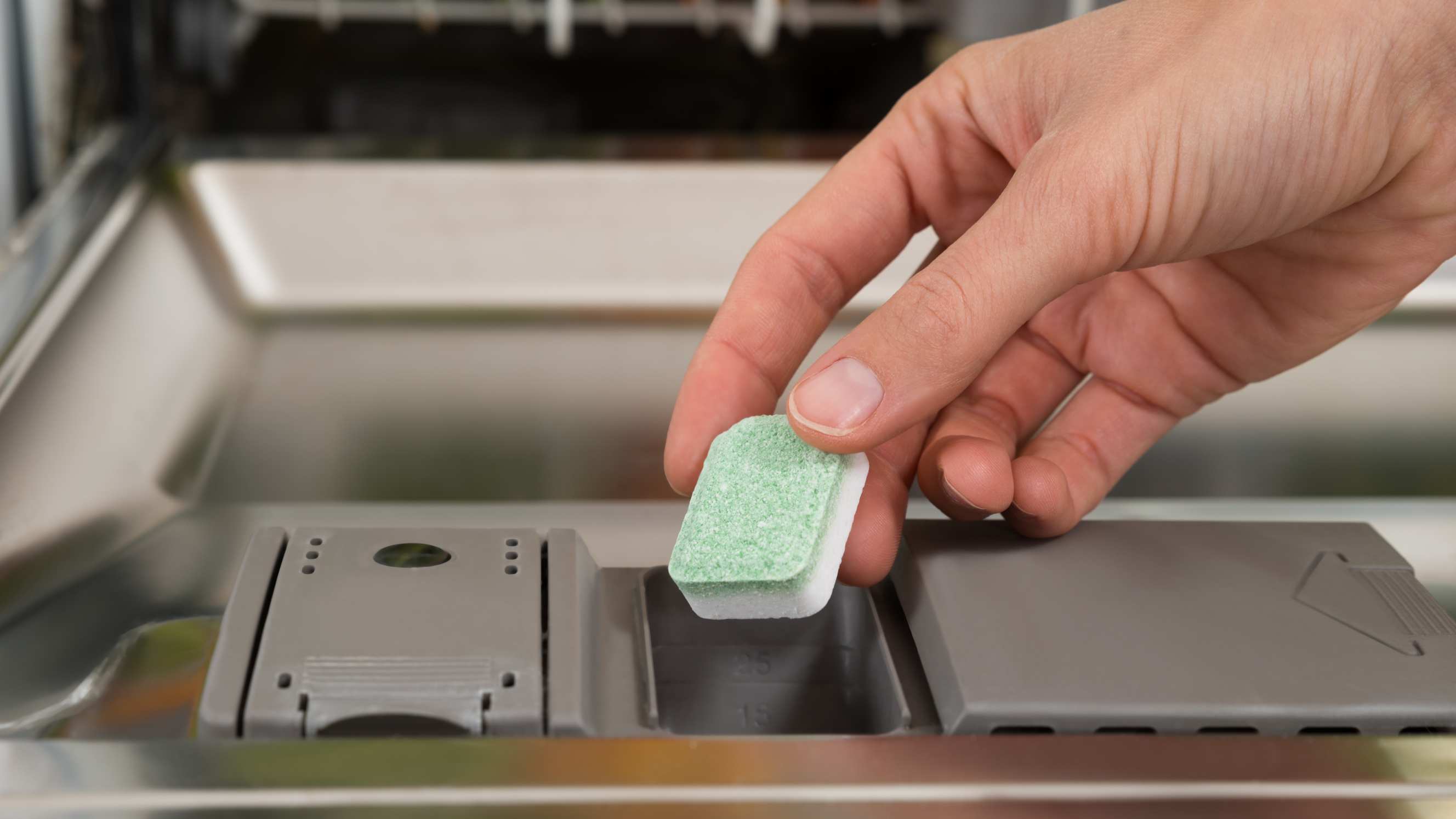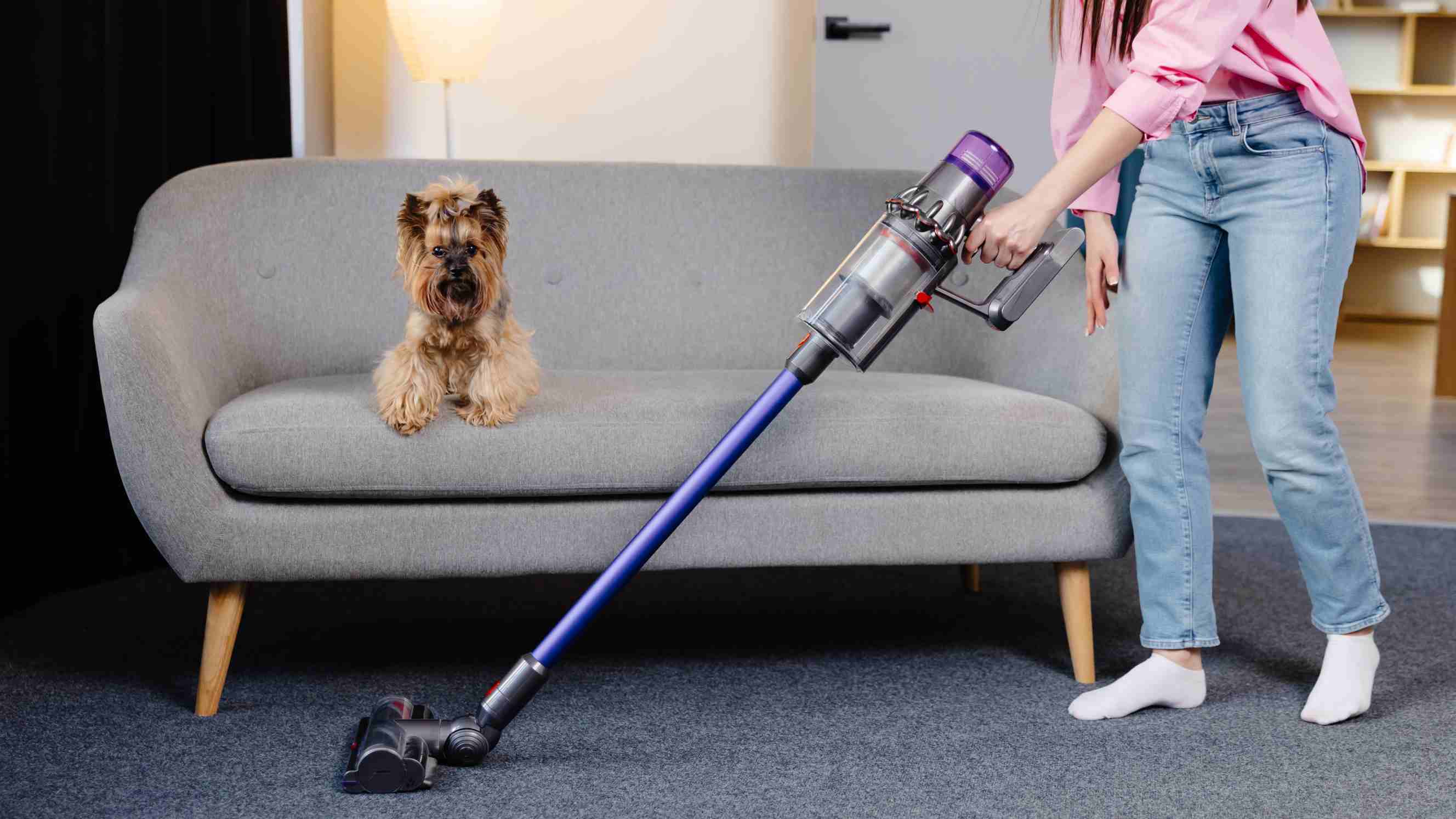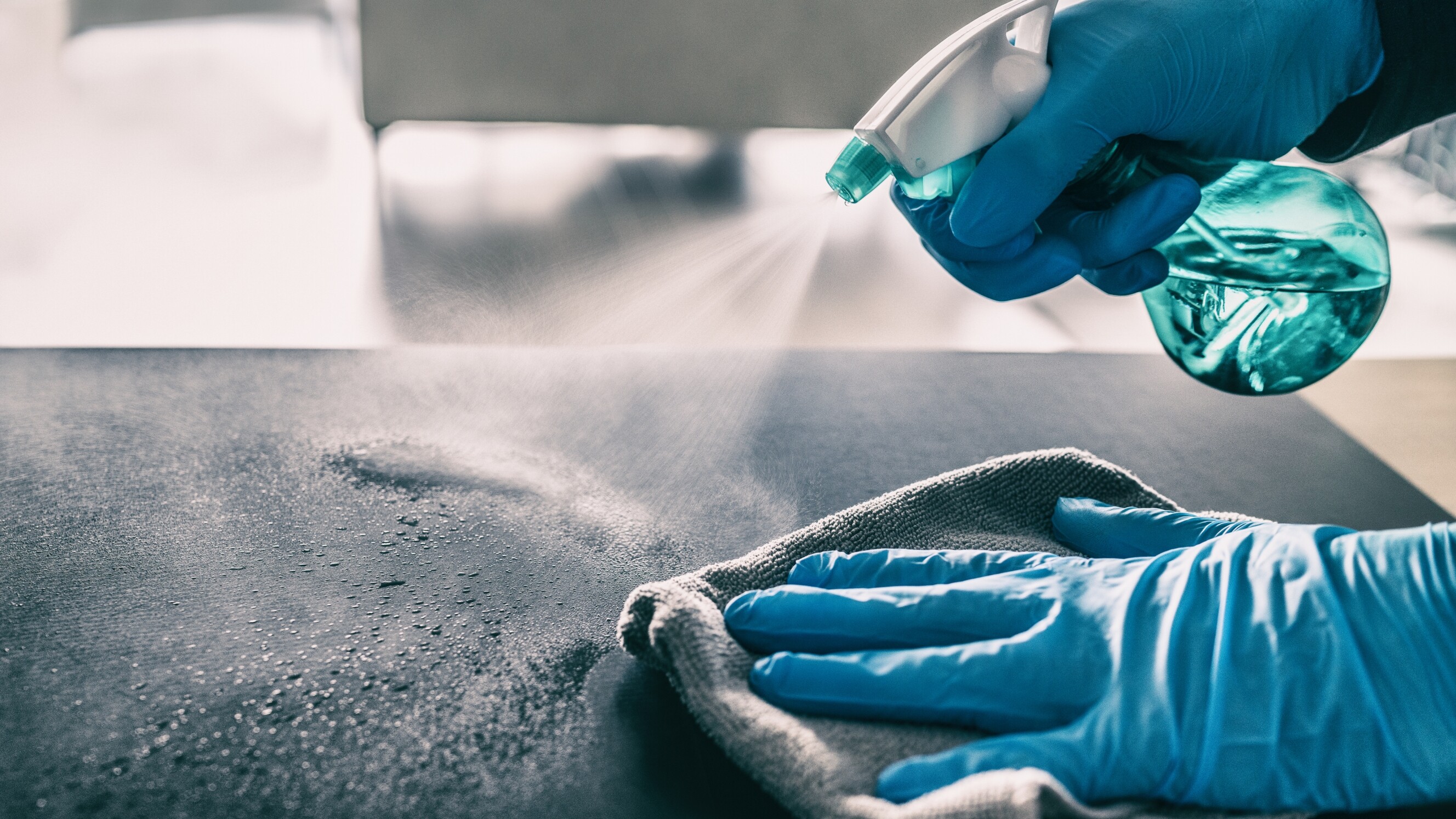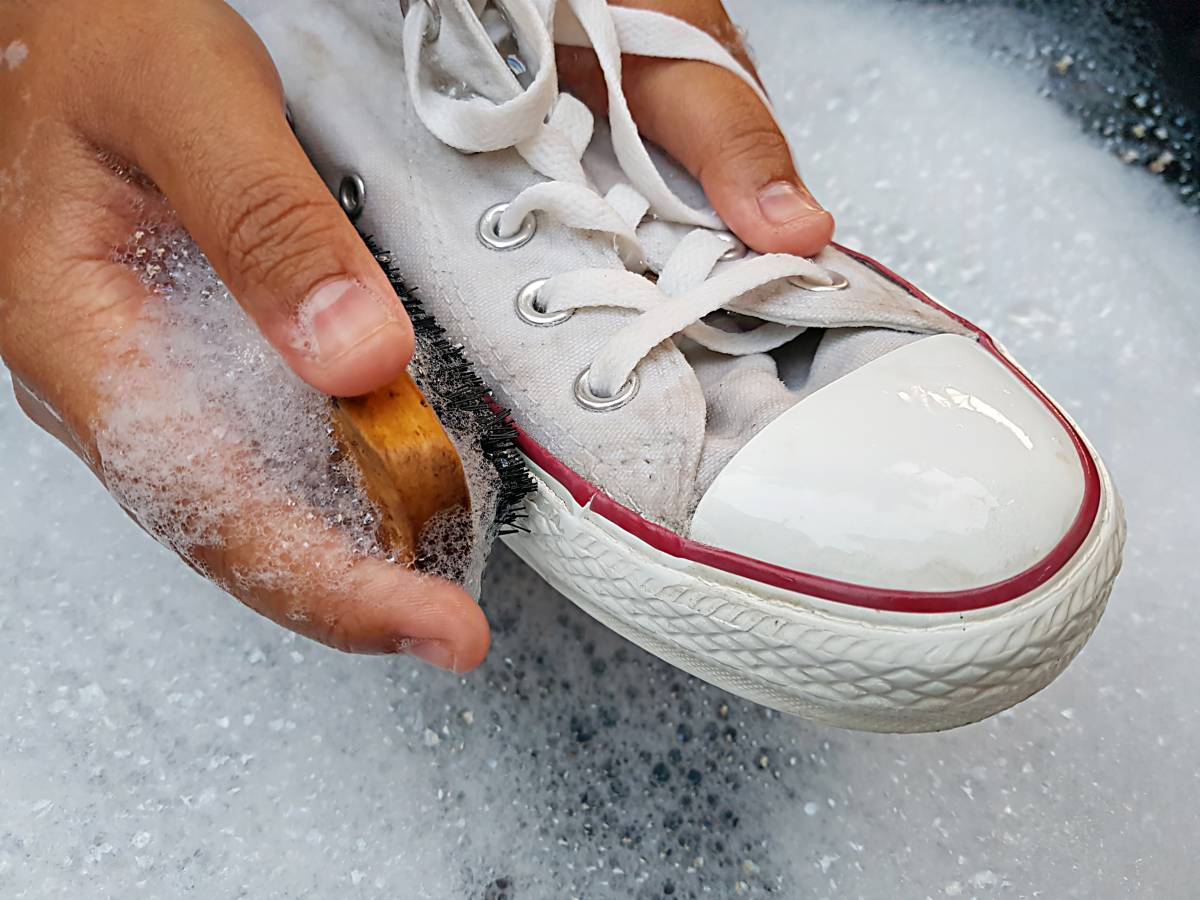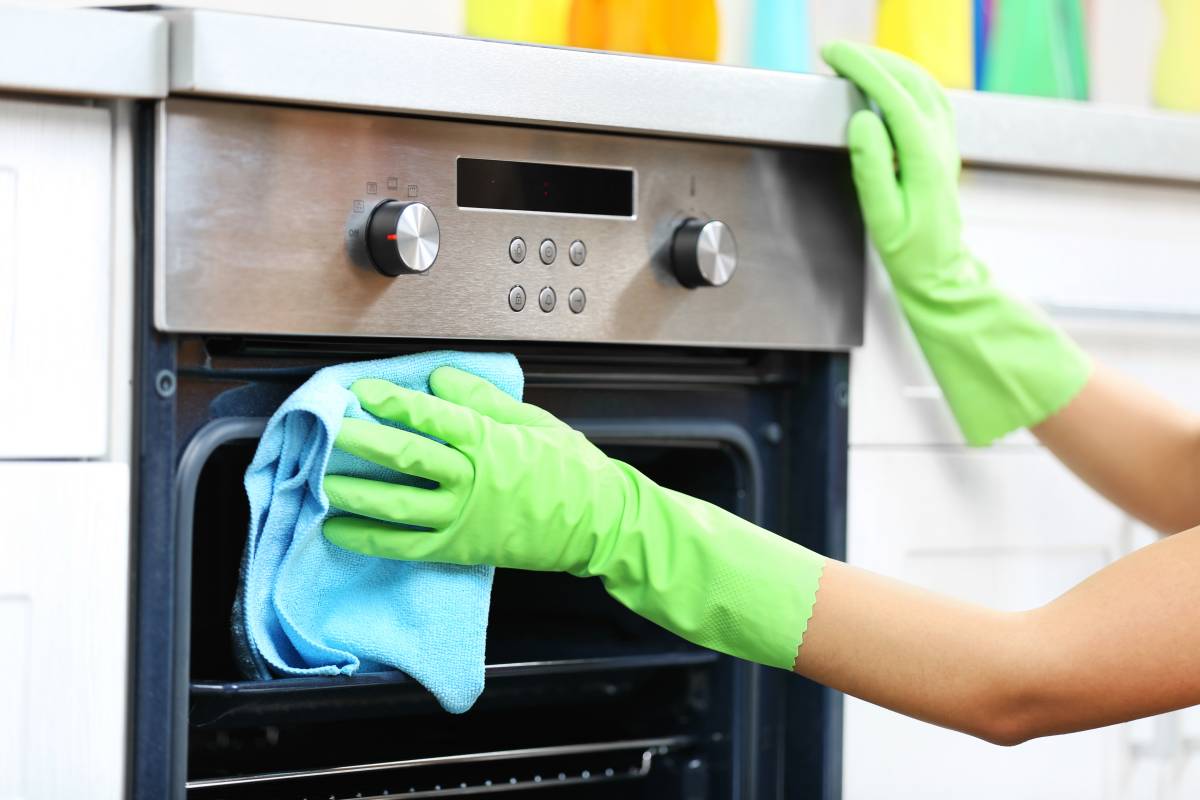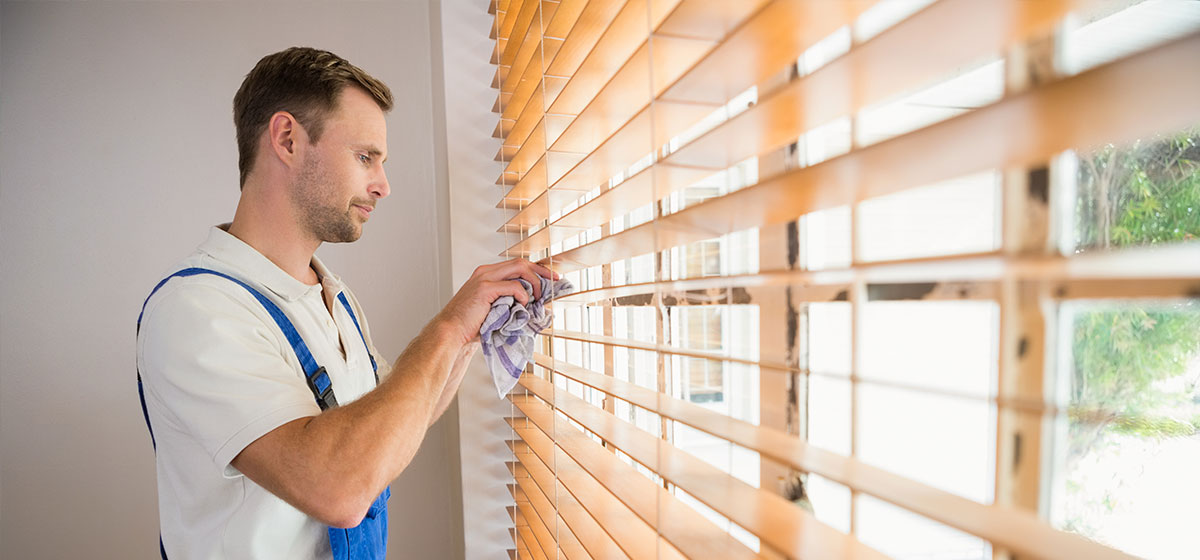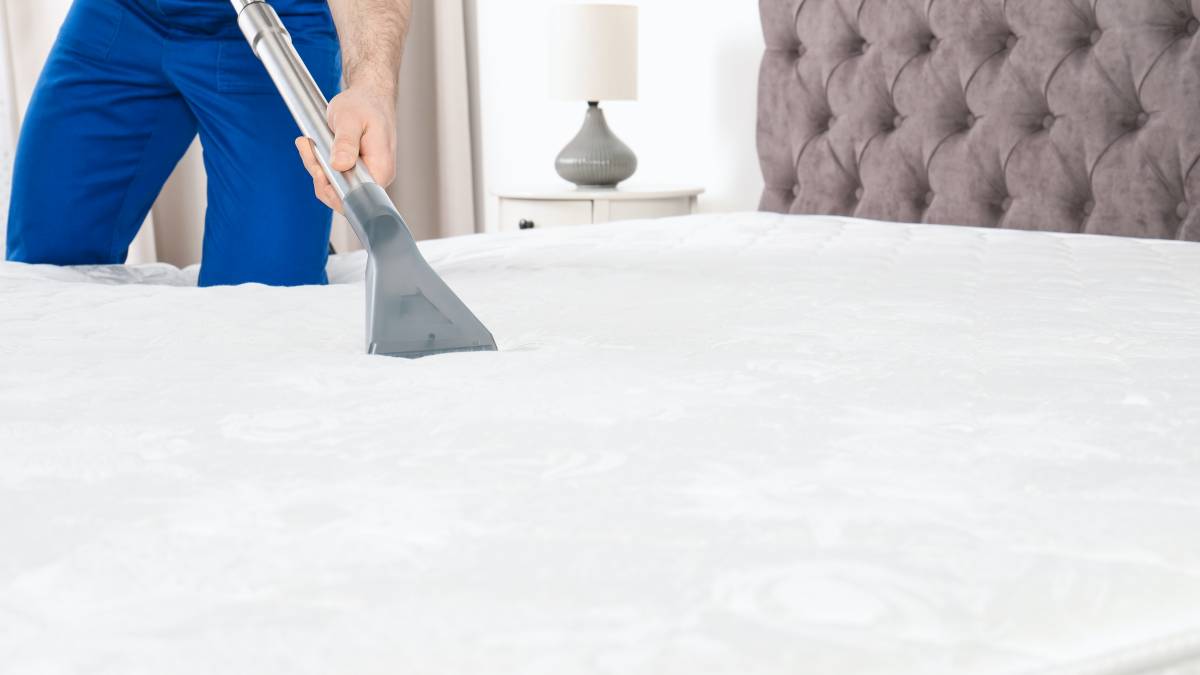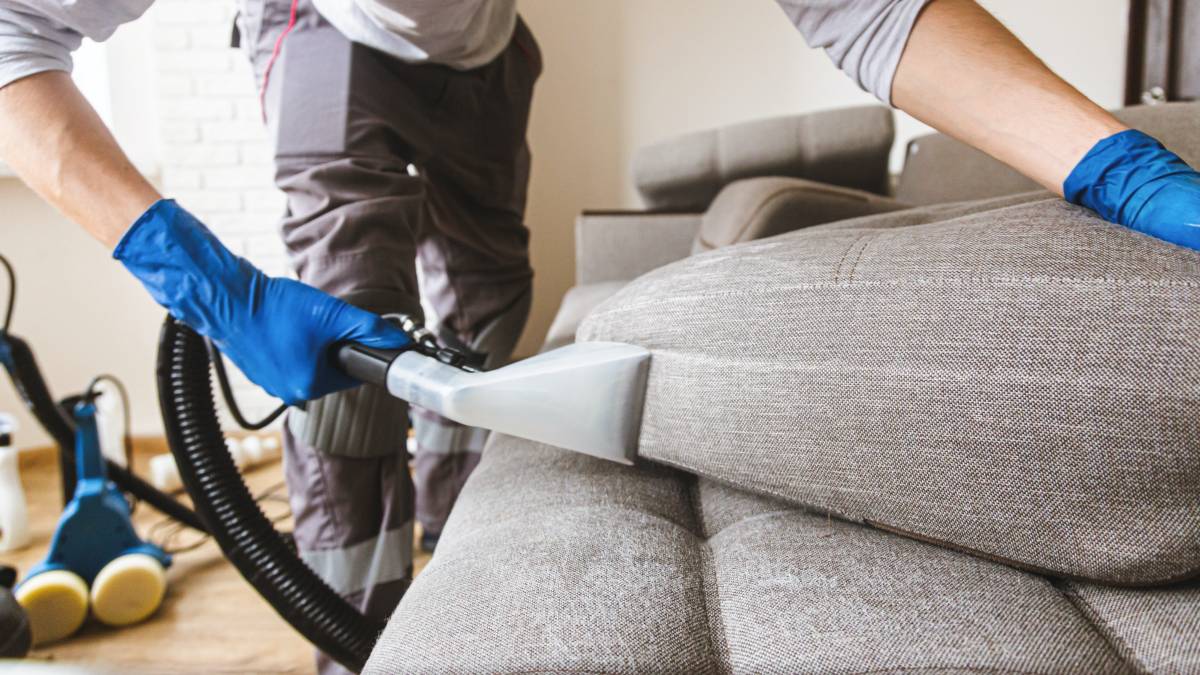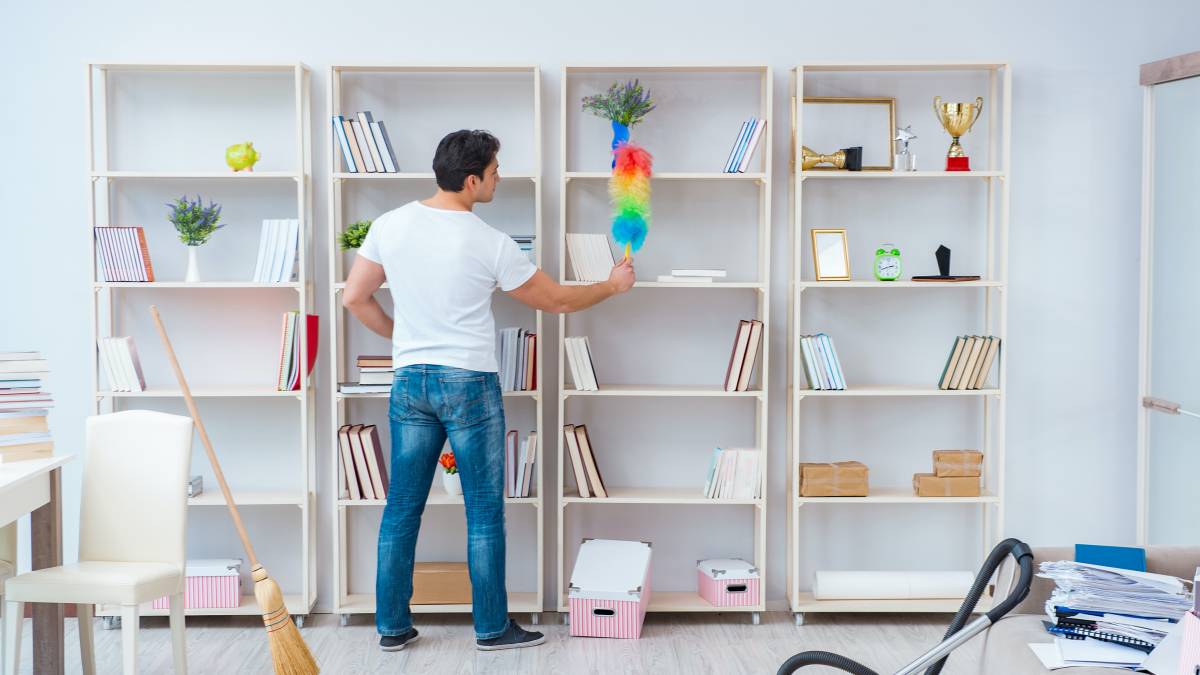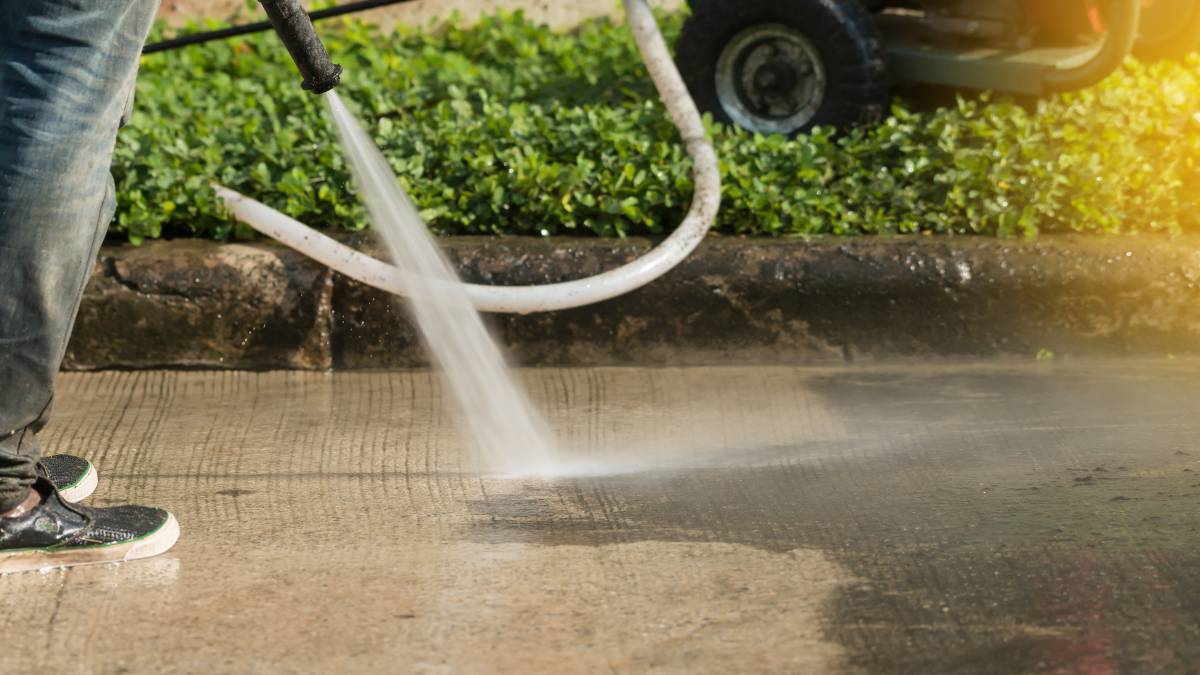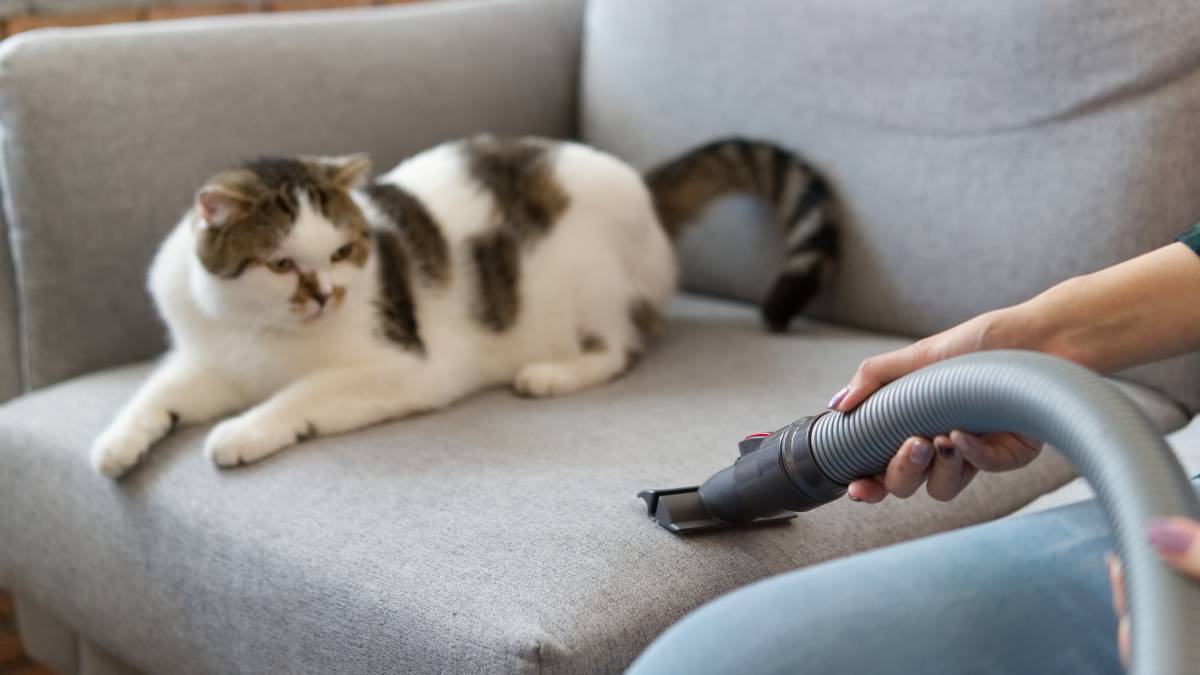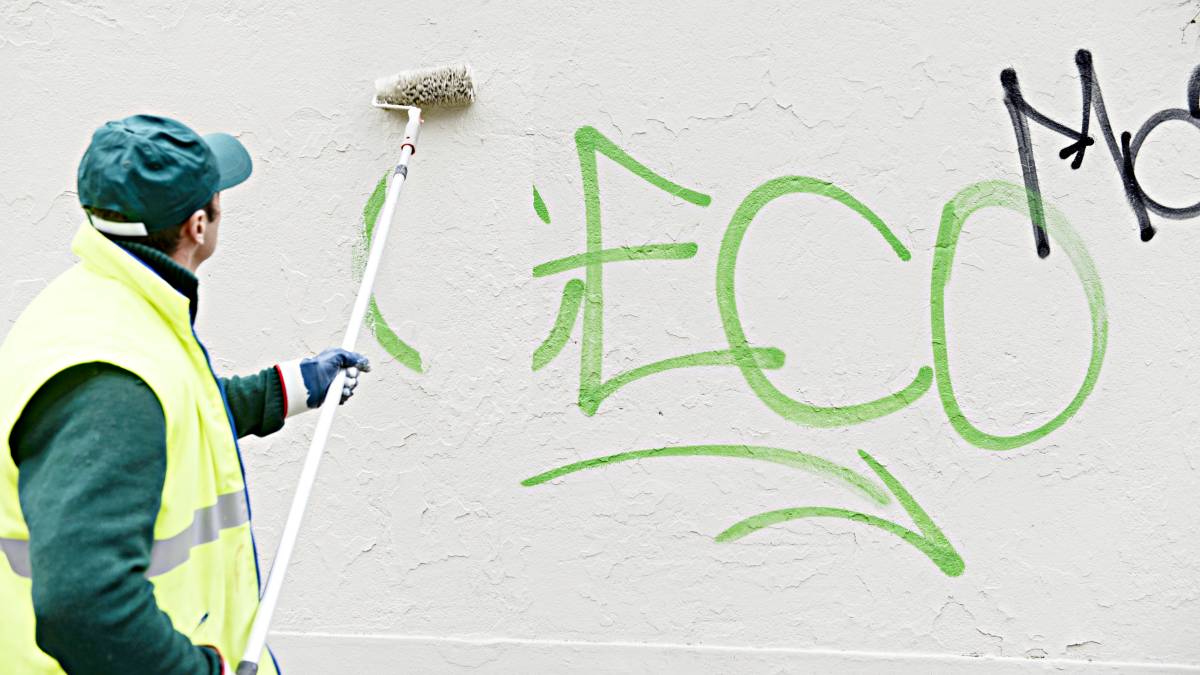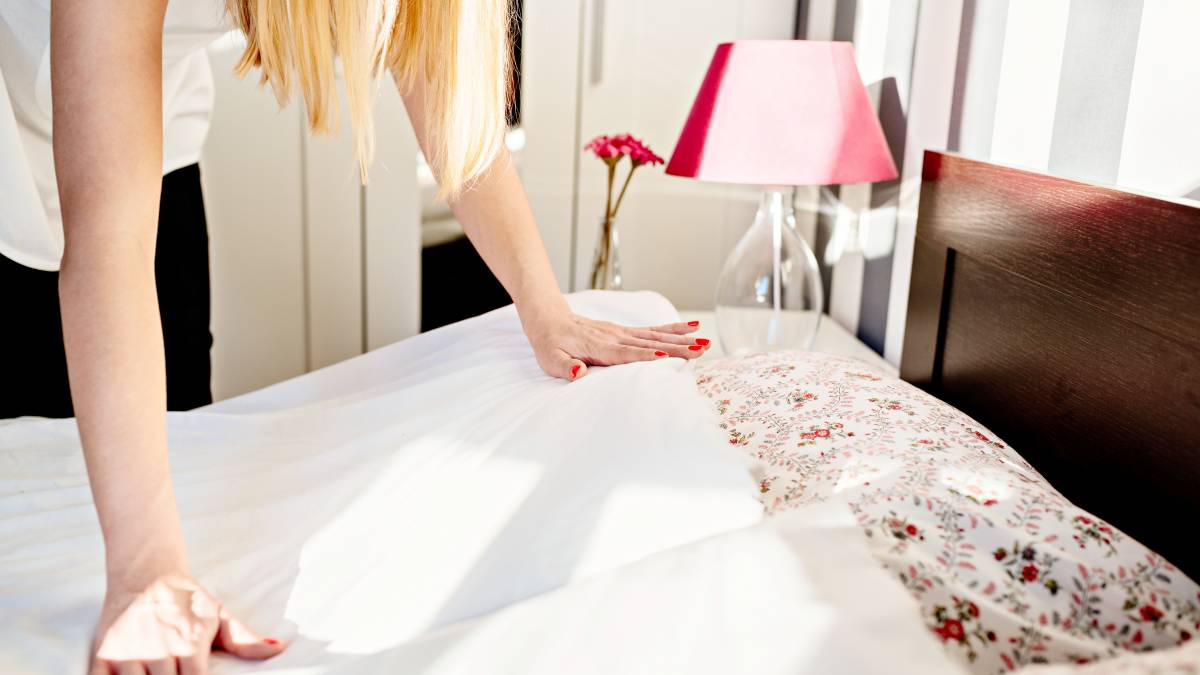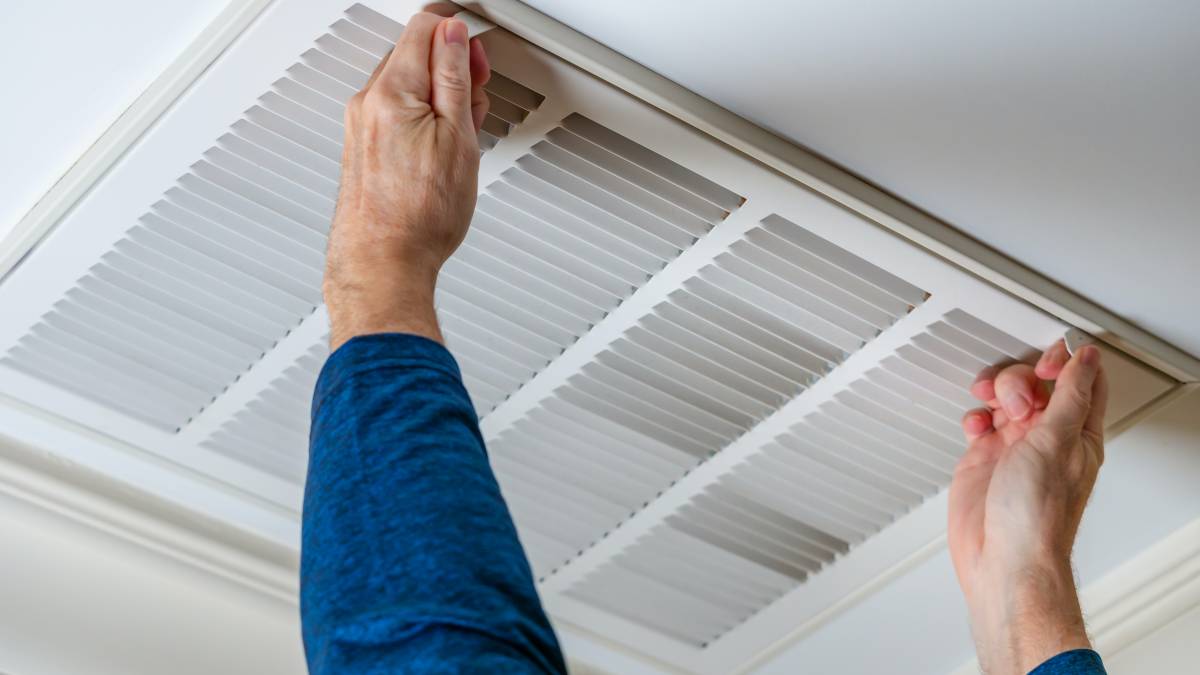- Home/
- Guides/
- Couch Cleaning/
- How to Clean Leather Couch

How to clean leather couch using household products
Check out the best DIY techniques to clean your leather couch, or find a professional for deep cleaning needs.
Find a couch cleanerLast Updated on
A leather couch can last many years, and proper care is really all it takes to achieve this. This is why learning how to clean a leather couch is key to making it worth the purchase, especially if you don’t wish to keep buying a new one every few years.
In this guide, we will talk about the best way to clean a leather couch – whether it’s real leather, faux, suede, or even a piece of second-hand furniture.
Top tips for leather couch maintenance
Before we go into the details of couch cleaning, here are a few important reminders to keep in mind.
Read the care manual that comes with your leather couch, and note the cleaning products recommended for you to use and avoid.
Position your leather couch away from direct sunlight. Sunlight will dry up the natural oils on leather and cause it to stiffen and crack. It can also cause the color of your couch to fade.
Clean your light-colored leather couch at least once every six months.
Clean your dark-colored leather couch at least once a year.
Remove stains and marks as soon as you see them. Letting them set will make them more difficult or time-consuming to clean.
You can apply home furniture polish (ideally, the kind that prevents dust build-up) on your couch once a month to keep it looking shiny and brand new.
If you cleaned your couch with a cleaning solution, don’t forget to wipe it dry right after. Water can wear out leather if you leave it to dry on its own.
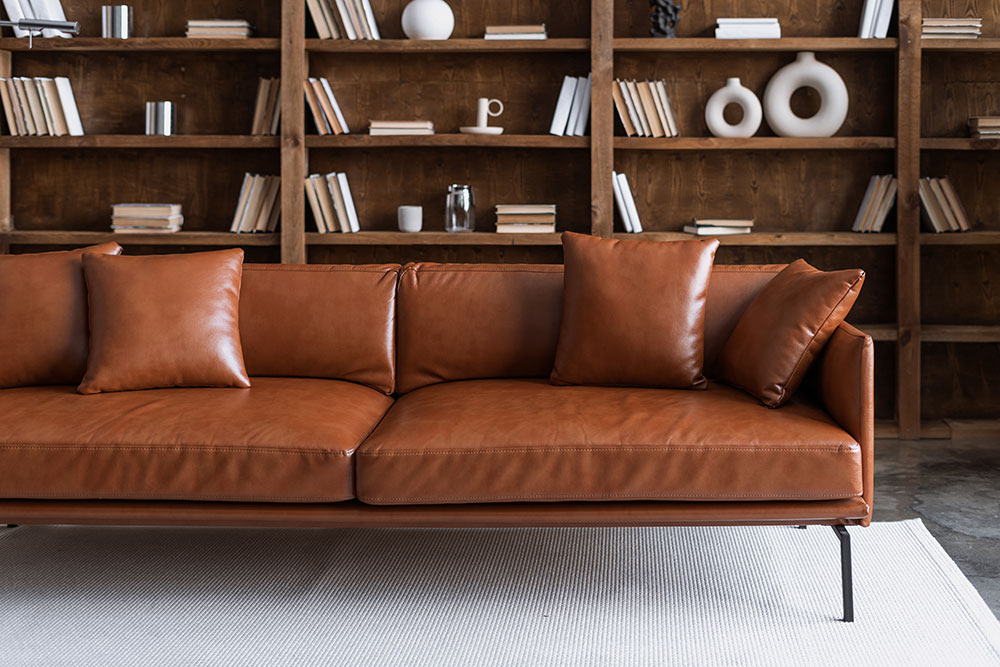
How to clean a leather couch
The best way to clean leather couch involves three stages: vacuuming, stain removal, and leather conditioning. To start going through these stages, here are the items you’ll need if your couch is made with real leather:
- A corded or cordless vacuum cleaner
- Microfiber cloths
- Mild dish soap
- Baking soda
- Leather cleaner or conditioner
| Pro tip: Use a 2-in-1 leather cleaner and conditioner to save more time. |
How to vacuum your leather couch
- Remove the seat and back cushions and vacuum them.
- Vacuum the rest of the couch and remove any loose dirt and crumbs. If you can’t remove the cushions, make sure you put the right attachment on and vacuum the crevices.
How to remove stains on your leather couch
- Dip a clean cloth into a bowl with warm water and dish soap solution.
- Wring it out and rub the damp cloth in small circles around the stain to buff it out. Avoid rubbing back and forth, so there’s no unnecessary wear and tear.
- If the stain is caused by grease, a dry cloth with a bit of baking soda should work to absorb it.
- Wipe the couch dry with a rag.
How to use a leather cleaner and conditioner
- Spray the leather cleaner (or a 2-in1 cleaner and conditioner) onto a cloth. Don’t spray directly on your couch.
- Lightly rub it all around the couch, including the edges and nooks. Work from top to bottom and try to keep all of your wipes even.
- If you are not using a 2-in-1 product, wipe away any excess cleaner before applying a leather conditioner.
- Apply a small amount of conditioner onto a clean cloth and get to work. The conditioner leaves a lovely smell while moisturizing the leather.
- Once you’ve finished with the conditioner, let the leather dry for an hour or so.
Note that you can also use a leather furniture polish after conditioning a leather couch. After the conditioner moisturized the leather, the polish will give it a shiny finish while making any scuffs less visible.
With that, you're now all done with cleaning and conditioning your leather couch! Your couch is now shiny, stain-free, and looking good as new.
| Important: Avoid using any harsh chemicals like alcohol or leather shoe polish during your clean. These aren’t made for real leather and will likely do more harm than good. |
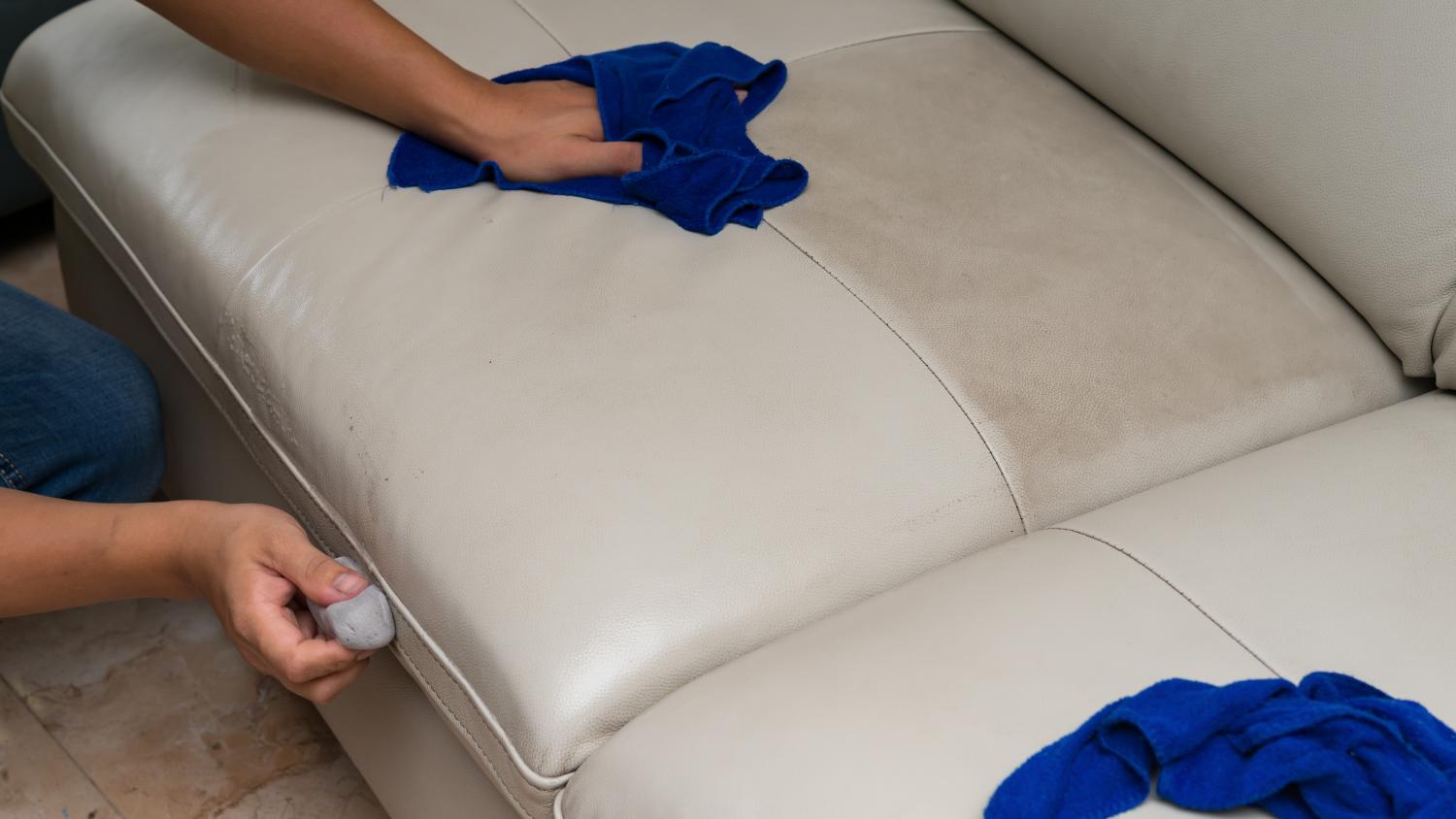
How to clean faux leather couch
You may have gone for a faux leather couch if you don’t like the idea of real leather (for all animal lovers) or if you want the look of leather for a fraction of the cost. Faux or fake leather requires slightly different care, mainly because its material may include polyvinyl chloride or vinyl.
Here are the materials you’ll need to keep your faux leather couch in pristine condition:
- A vacuum cleaner with a brush attachment
- Mild detergent
- Vinyl stain remover or rubbing alcohol
- Cotton balls
- Rags
Steps to clean your faux leather couch
- Vacuum the couch with the brush attachment, covering any cracks or crevices.
- Mix liquid dish soap or a mild household detergent with warm water.
- Wipe the couch with a clean rag dampened with the detergent solution.
- Rinse the cloth, then wipe down the couch a second time to remove the detergent and dry the excess moisture.
- Dip a cotton ball in vinyl stain remover or rubbing alcohol to clear off any stains, then rinse the area with a cloth damped with water.
- Finally, wipe dry your couch with a clean cloth.
Note that the materials of faux leather couches can vary, so you should read the care tag on the bottom of the couch to ensure you have the proper cleaning materials. Chemical cleaners with bleach are usually unsuitable for faux leather.
Additionally, faux leather sometimes comes treated with a stain preventer. If it does not, you can buy and add a protective-finish spray to create another layer of protection for your couch.
How to clean suede leather couch
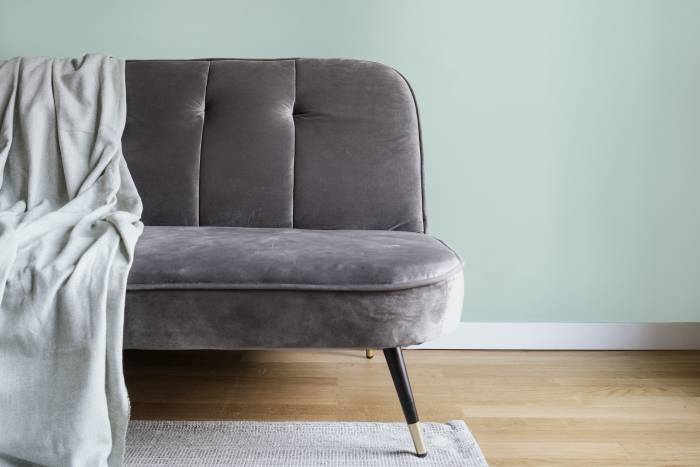
When cleaning a more delicate fabric like suede, you must take extra measures to protect your couch from wear and tear. Some materials you’ll need are:
- An upholstery cleaner specifically for suede
- A well-ventilated space with open windows
- A painter’s face mask
- A suede napping brush
- A suede rubbing cloth
- A vacuum cleaner
- Brown gum eraser
- A dry sponge
- A waterproofing spray (optional)
As a weekly task, spray your suede couch with a suede-friendly stain repellent. This will protect your couch from stains (especially if you or your family like to bring food and drinks to your couch) and make cleaning much easier.
Steps to clean your suede couch:
- Test your chosen cleaning product on a hidden area of the couch (e.g. the underside or behind cushions) to ensure it doesn’t damage the suede.
- Remove the cushions and vacuum any trapped dust or crumbs.
- Wipe down with a suede brush.
- For stains, moisten a clean cloth with suede cleaner and gently rub the affected area in small circular motions. Let the area dry then polish with the suede cloth.
- If there are dry stains, brush them gently with a suede brush then use a brown gum eraser to remove the stains. A small piece of sandpaper can also be used here if the stain is stubborn, but make sure you do this very gently.
- Finally, when the stain is gone, use a suede brush to neaten your couch.
How to clean urine from leather couch

If you’re living with pets or babies, getting pee and pee stains out of your couch could be another problem you have to deal with. Luckily, you have a bunch of options for the job: dish soap, vinegar, or a store-bought urine stain cleaner.
Soak up the urine from your couch using a rag or paper towels.
If your couch has a removable cover and stuffing, remove the stuffing so you can wash it later.
Dip a soft cloth into your chosen cleanser (or spray the cleanser on the cloth) and gently clean the leather.
Rewipe as needed or until the stain and odor are gone.
Dry the leather and then recondition it using a leather conditioner.
Finally, wash the stuffing and put it back on your couch once it’s dry.
A little strapped for time?
If you are too busy to give your leather, faux leather, or suede couch the attention it needs to stay clean and great as new, there is another option. You can hire a professional leather couch cleaning service or someone to clean your entire house if you want. It’s also up to you if you have preferred cleaning supplies or want the professional cleaner to bring any suitable products from their own supplies cabinet.
Leather Couch Cleaning FAQs
Household products like white vinegar, baking soda, and dish soap are safe to use on leather. Just be sure to test on a small, hidden area on your couch before using the product on the entire leather furniture. Also, dry your couch after cleaning to avoid softening and wearing out the leather.
Depending on the type of leather your couch is made of, there are a few cleaning products you should keep your couch from.
For real leather, avoid using rubbing alcohol, baby wipes, leather shoe polish, and other harsh chemicals.
For faux leather, avoid bleach, coarse sponges, and abrasive cloth.
For suede leather, avoid acetone and avoid soaking the leather in any liquid (like water and vinegar) for long periods.
Yes! Vinegar is a handy product for cleaning and deodorizing a leather couch.
At the minimum, you should clean a light-colored leather once every six months and a dark-colored leather couch once a year. As for stains, grease, and urine, you must clean them off your couch as soon as possible.
The cost ranges from $59 to $500, depending on the condition of your couch and any other requests you have for the cleaner. You can check out this couch cleaning cost guide for more information.
Find couch cleaners, fast
Find a couch cleaner
Related articles
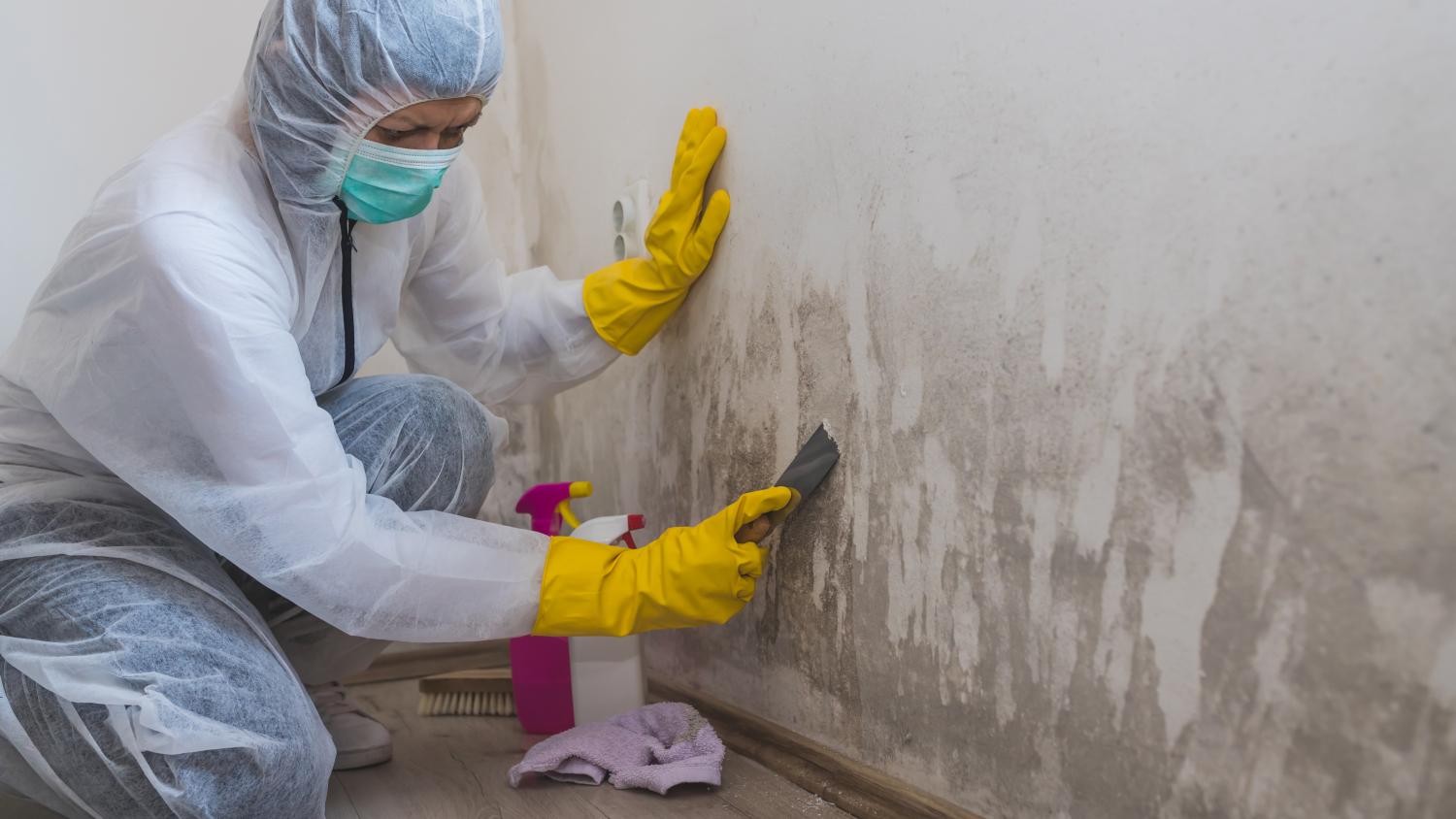
How to get rid of mold at home
Read more
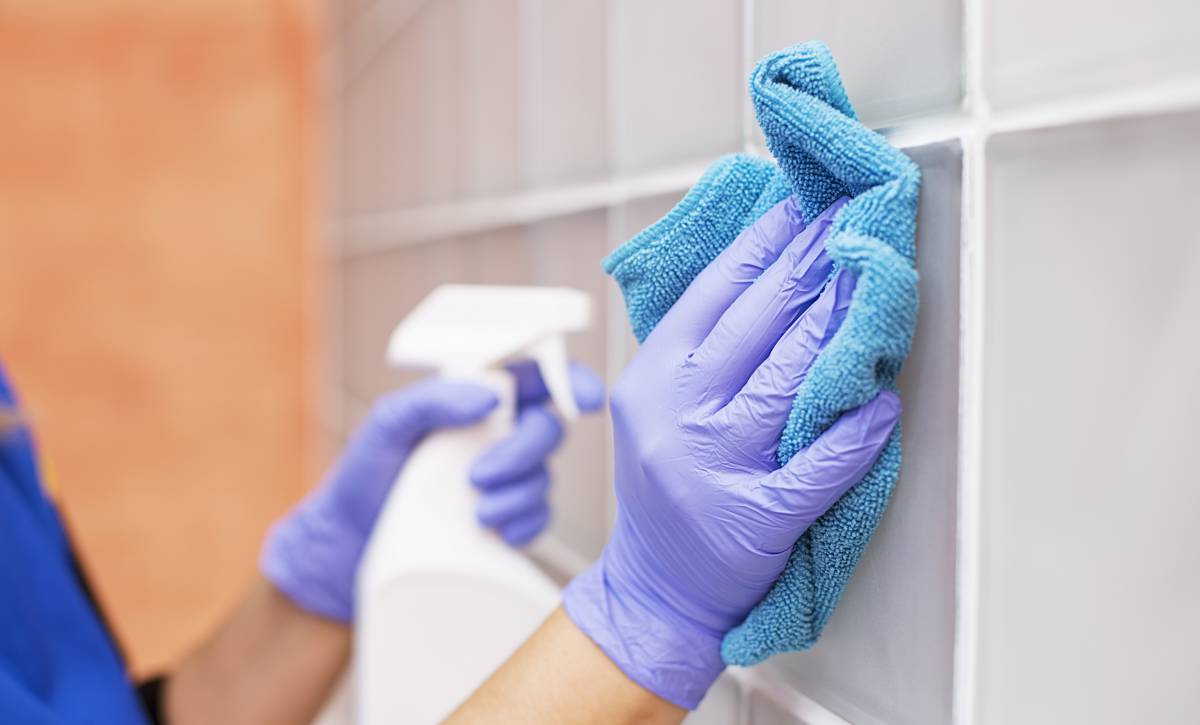
How to get cleaning jobs
Read more
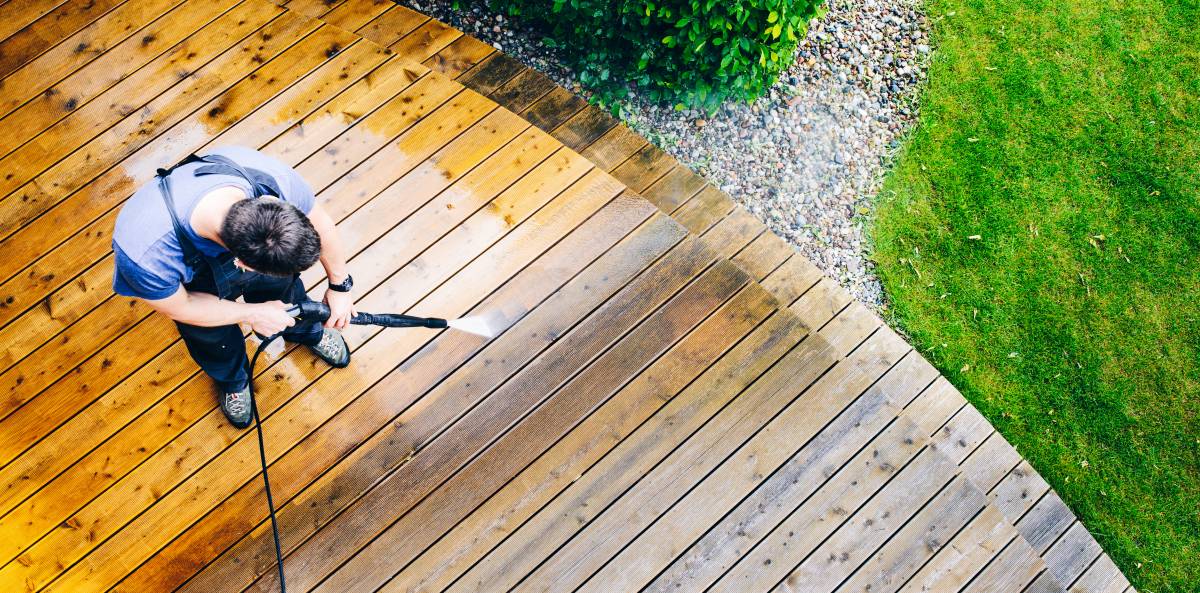
How to price pressure washing jobs
Read more

How to get cleaning certification
Read more
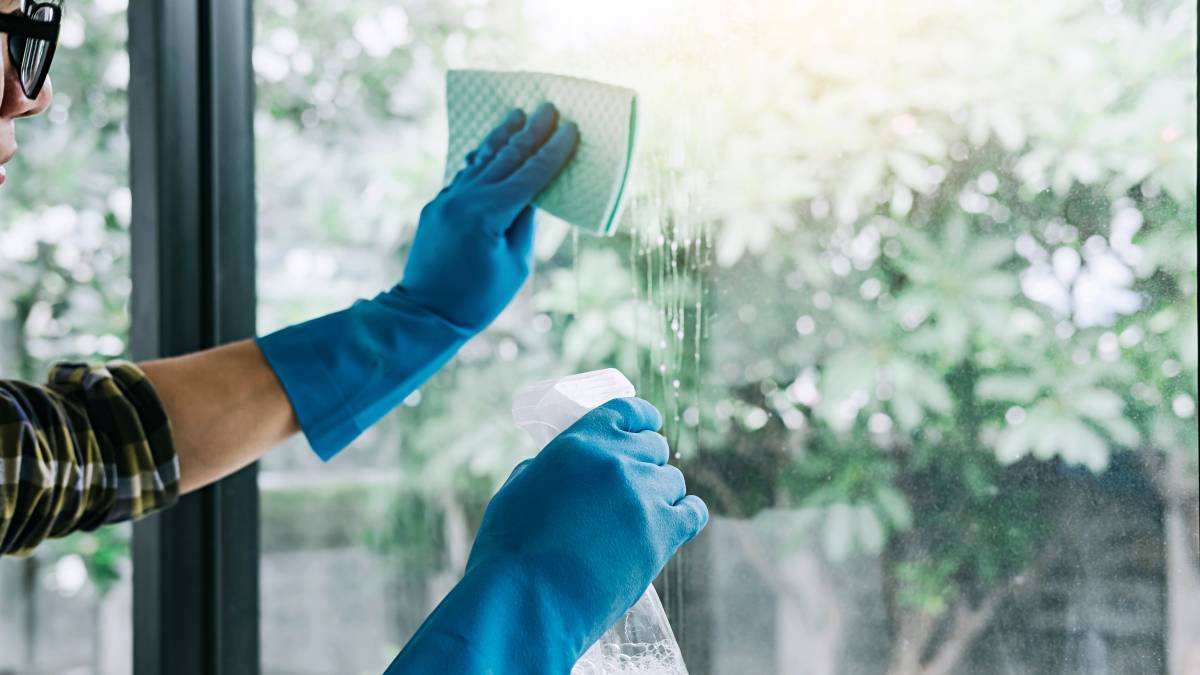
How to price cleaning jobs
Read more
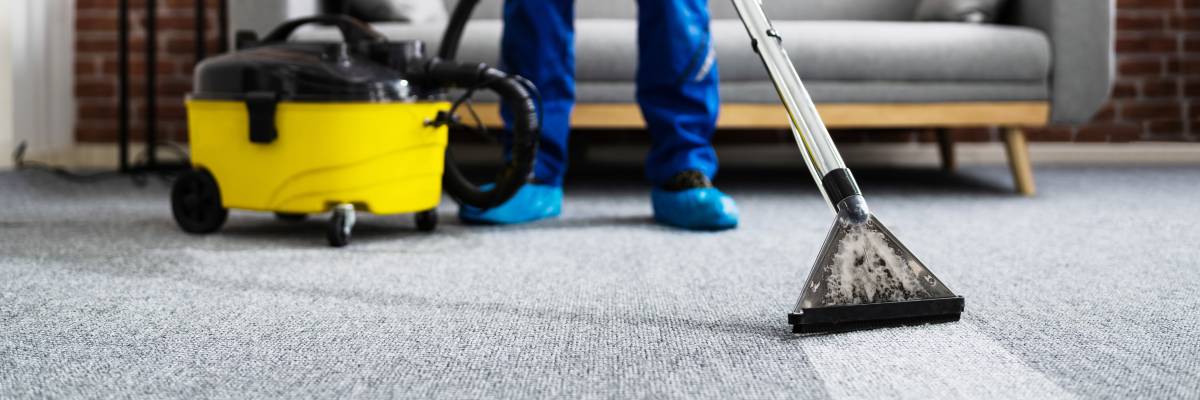
How to become a housekeeper
Read more
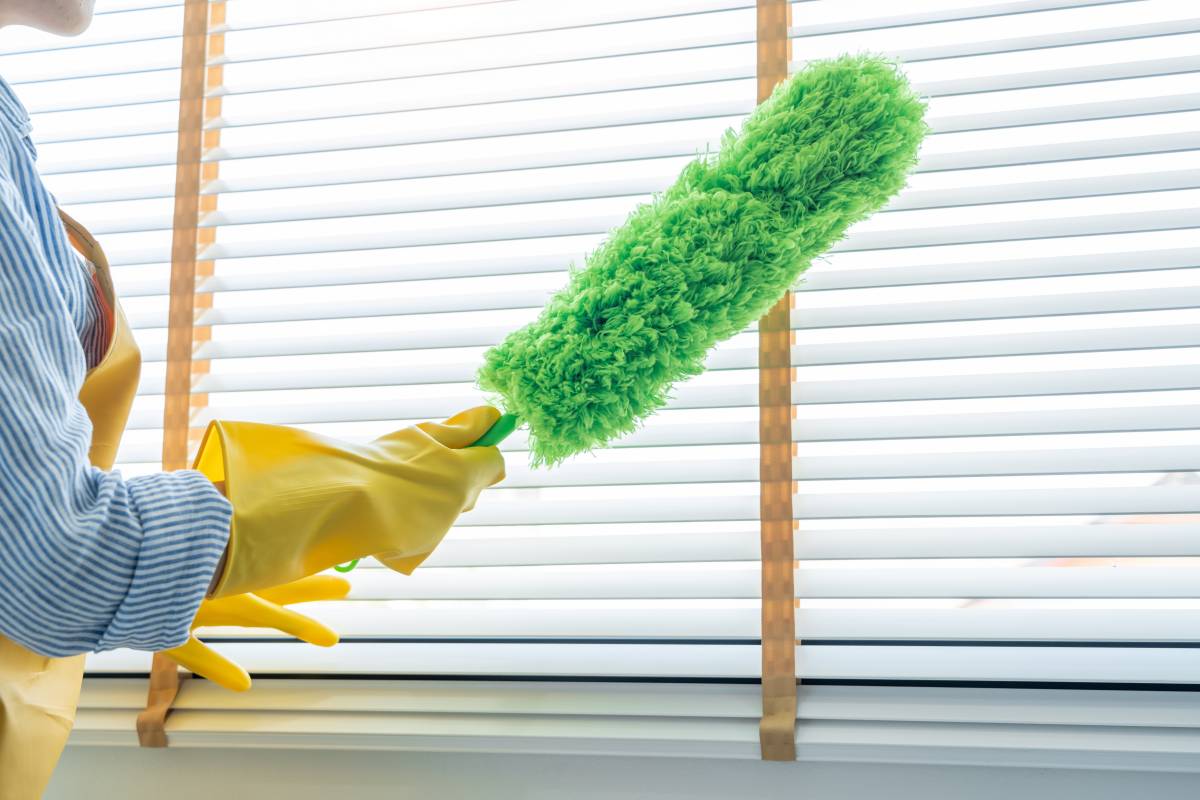
How to clean a duster
Read more
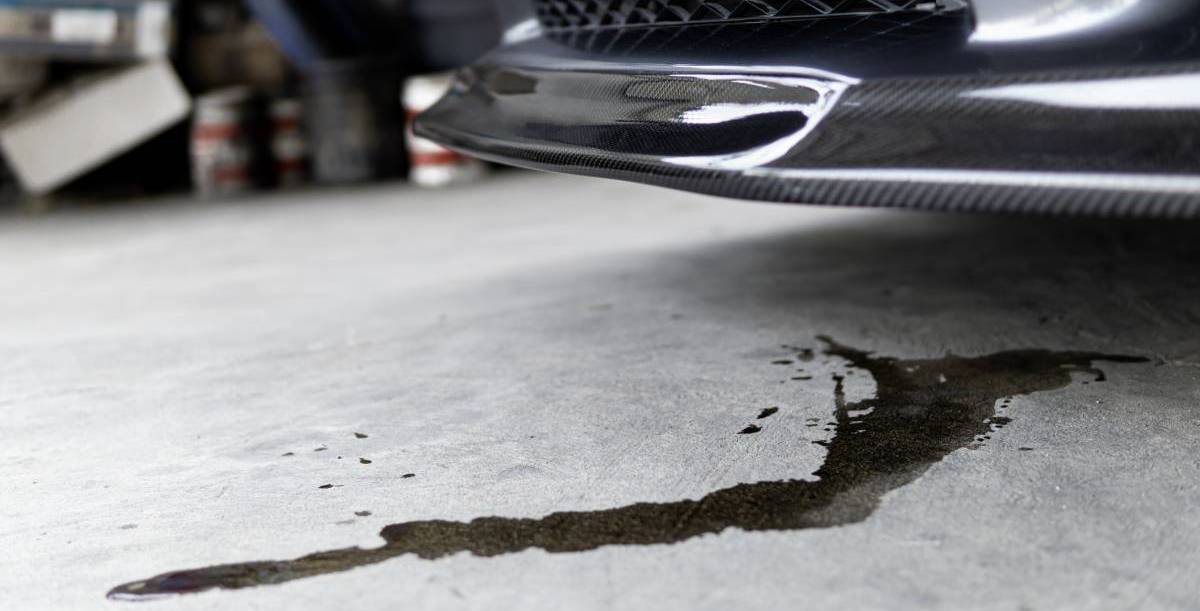
How to clean a garage floor
Read more
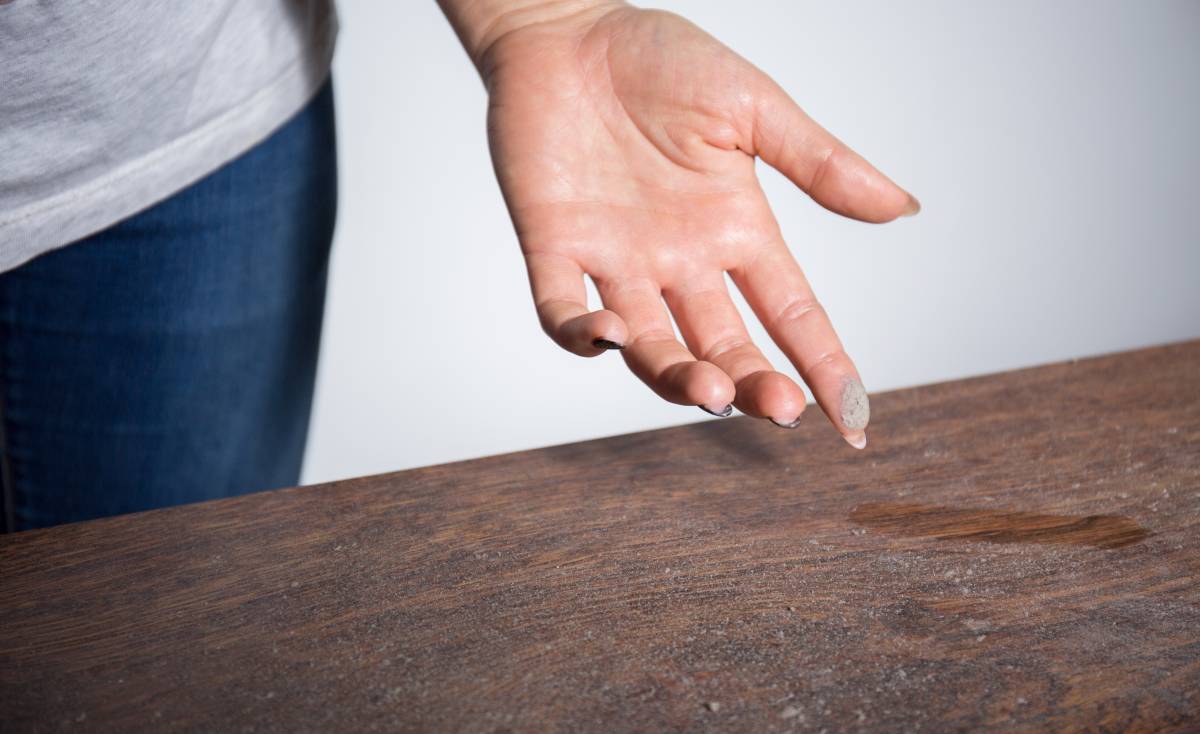
How to get rid of dust in your home
Read more
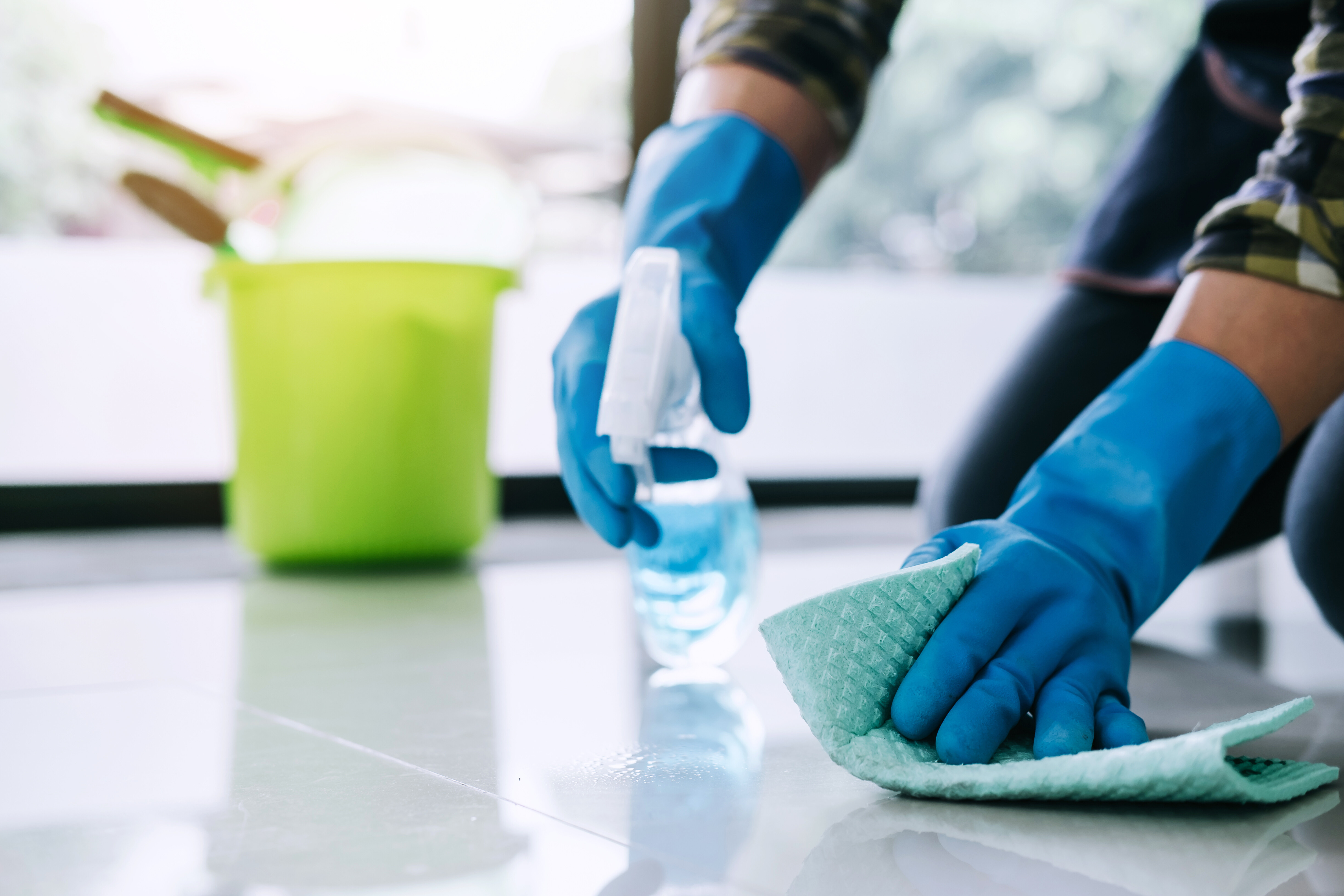
Move out cleaning checklist
Read more
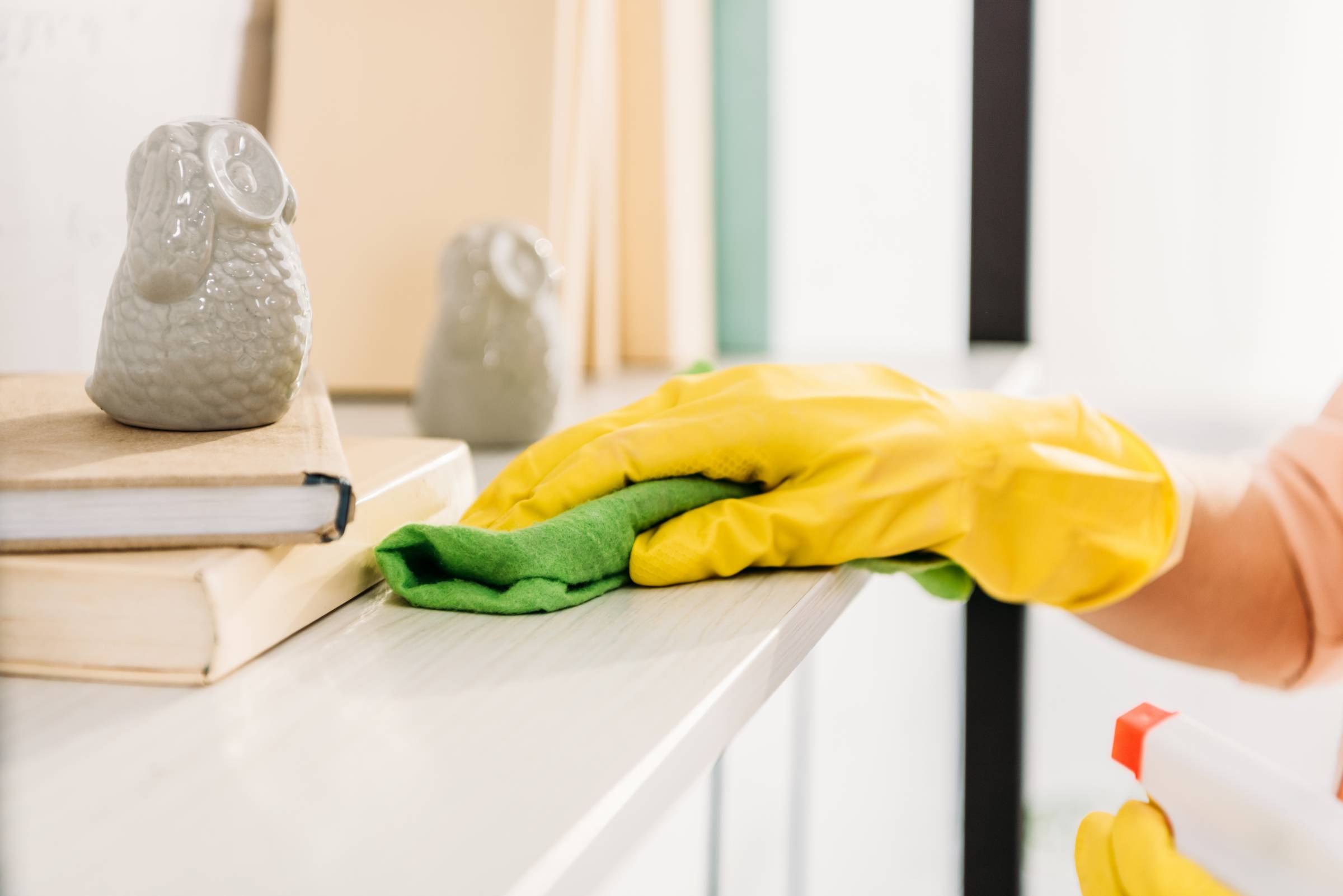
The ultimate spring cleaning checklist
Read more
Related price guides
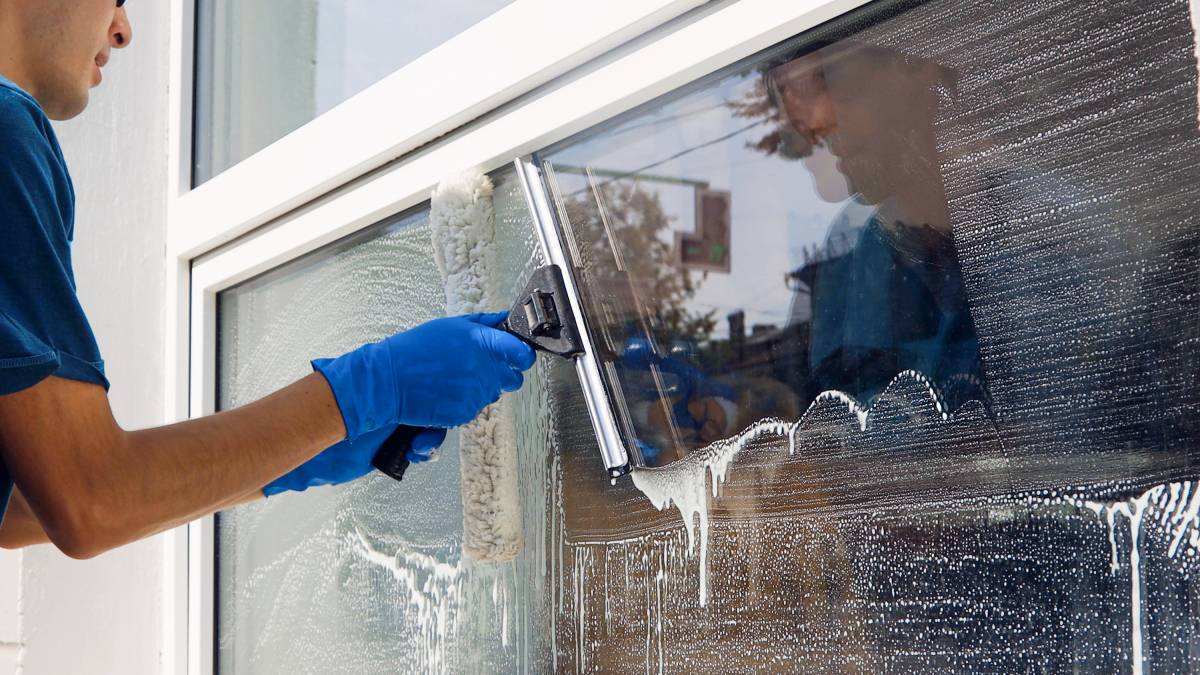
How much does a cleaner cost?
Read more
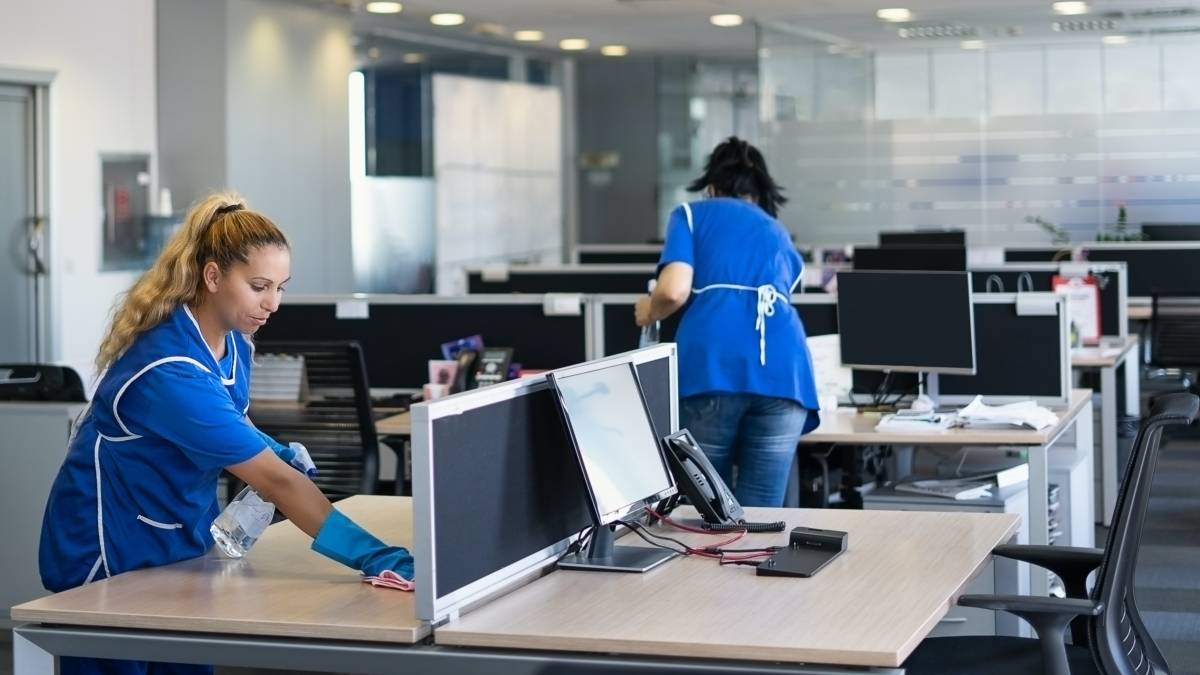
How much does office cleaning cost?
Read more
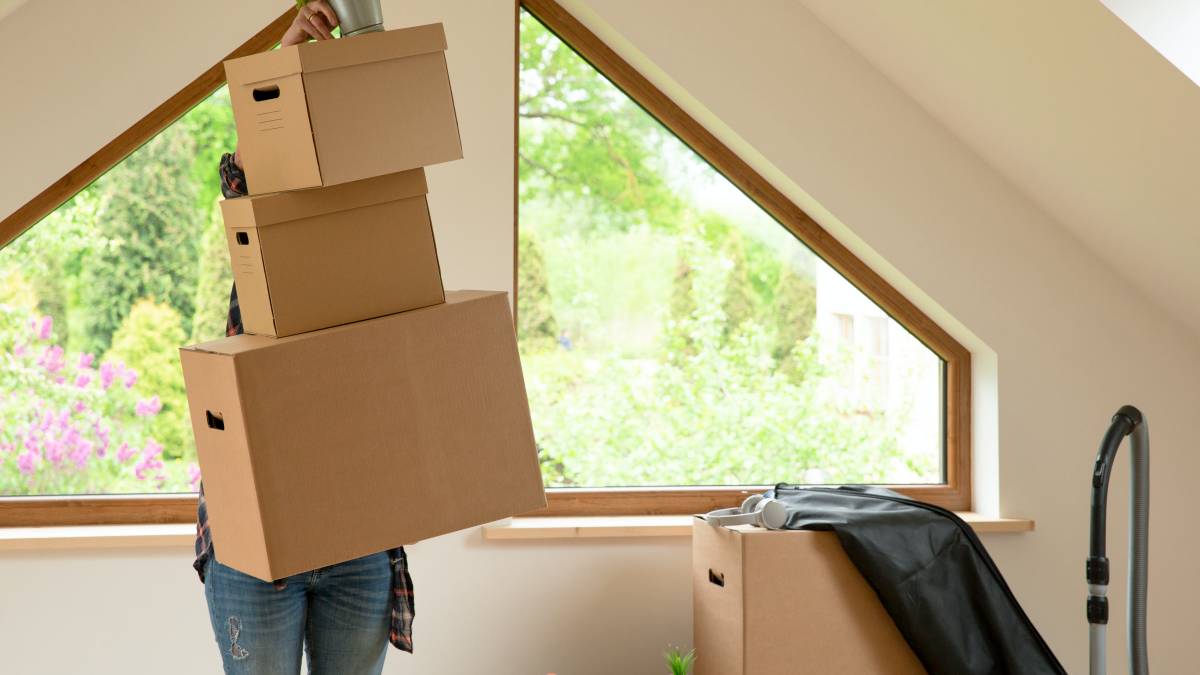
How much does attic cleaning cost?
Read more
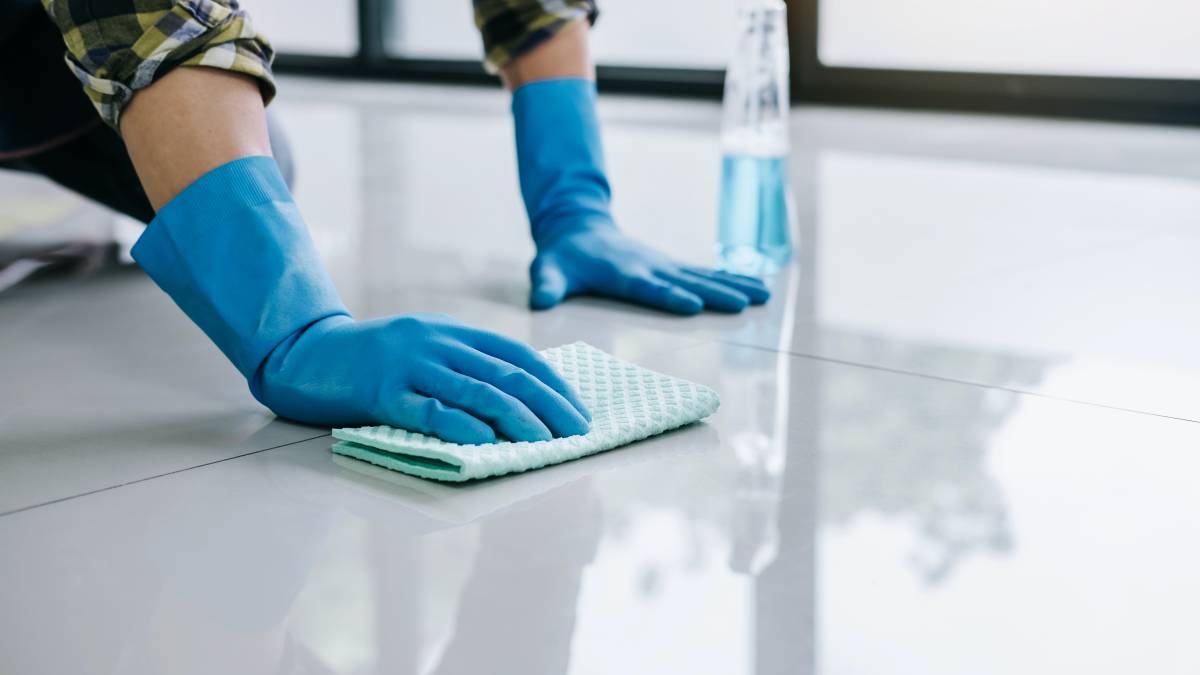
How much does floor cleaning cost?
Read more
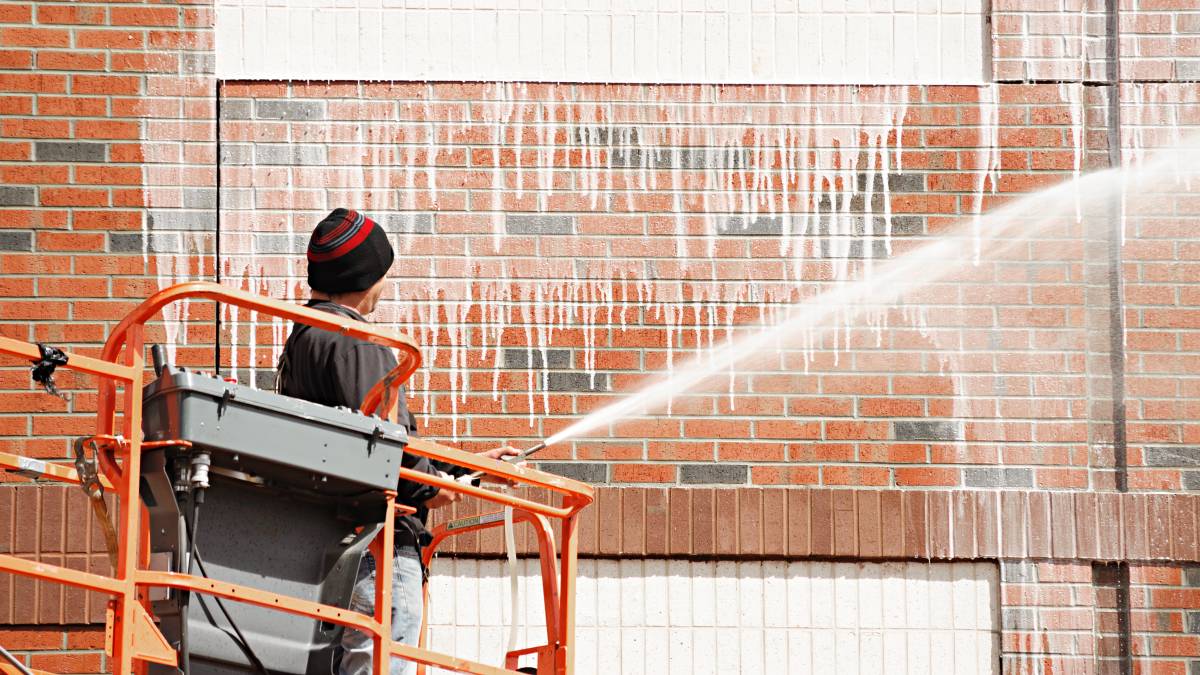
How much does brick cleaning cost?
Read more
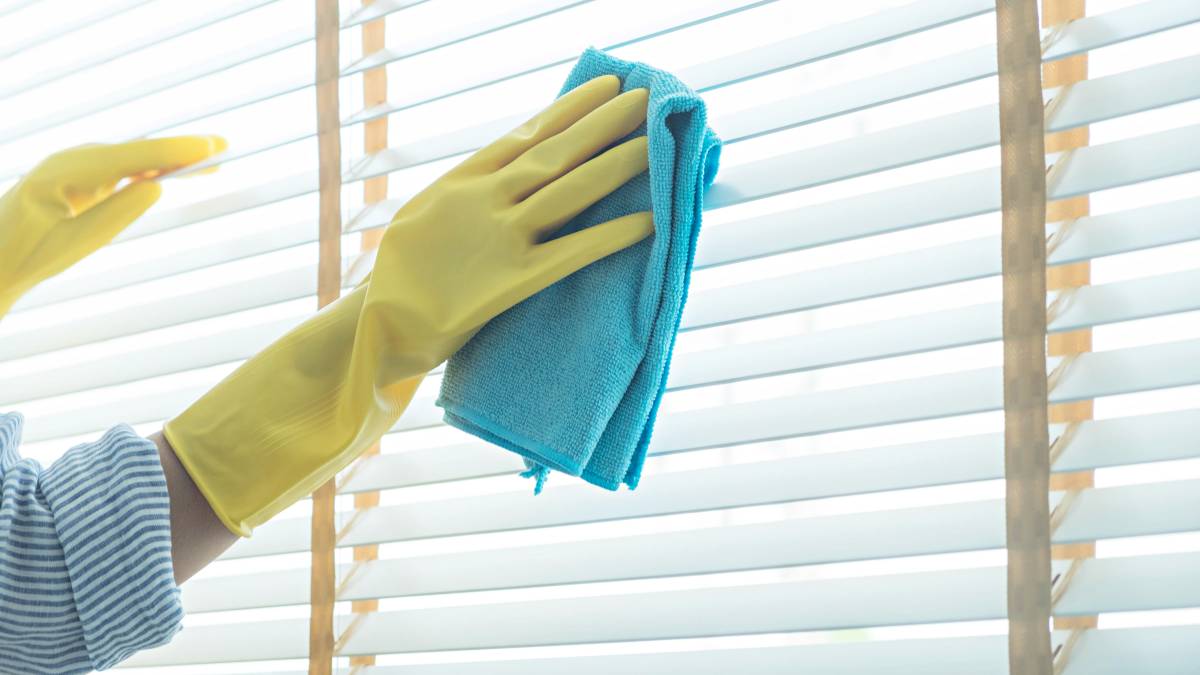
How much does blind cleaning cost?
Read more
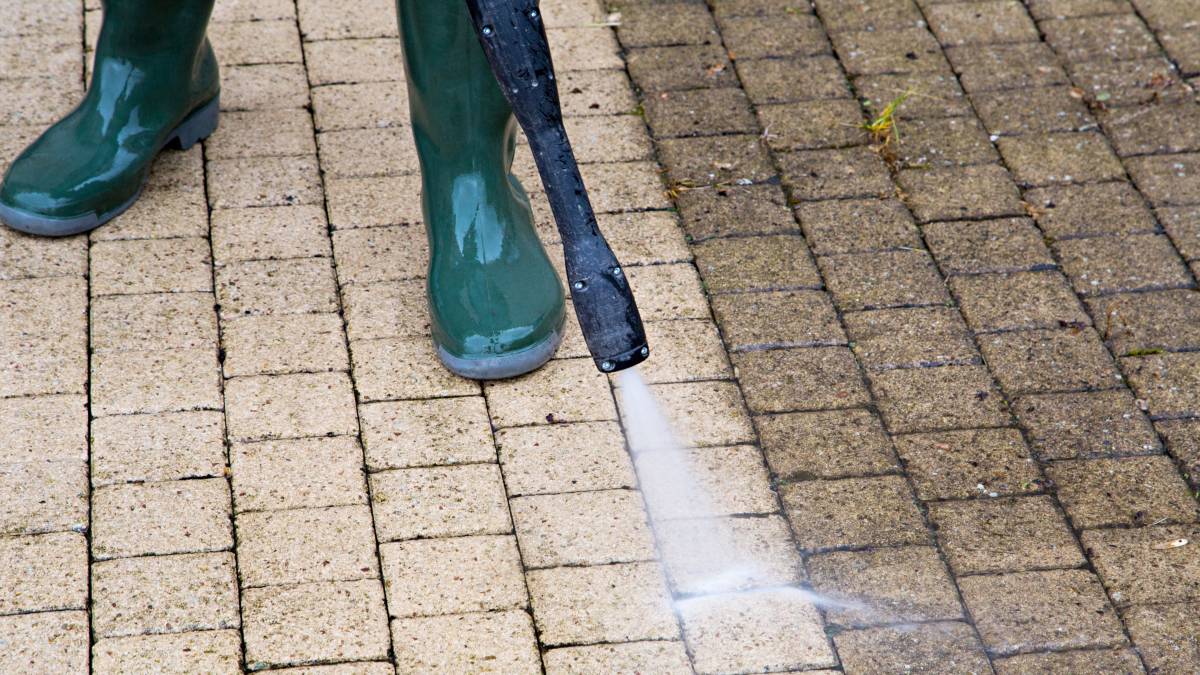
How much does pressure washing cost?
Read more
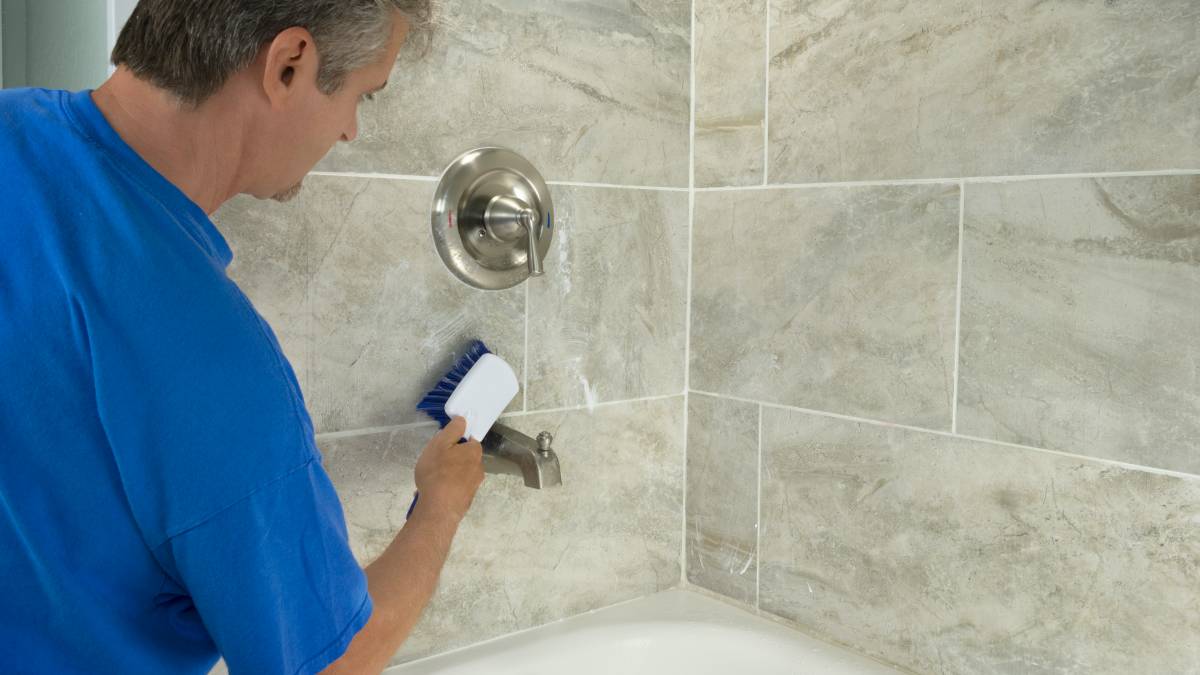
How much does tile cleaning cost?
Read more

Average price of move out cleaning
Read more
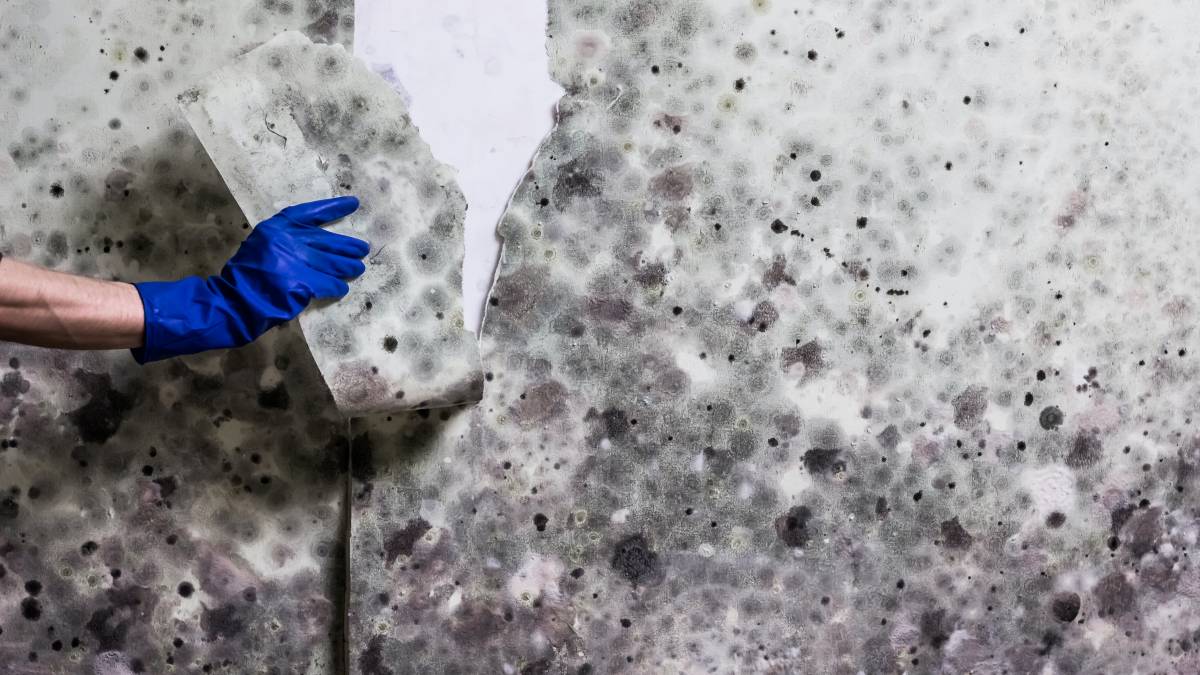
How much does mold removal cost?
Read more
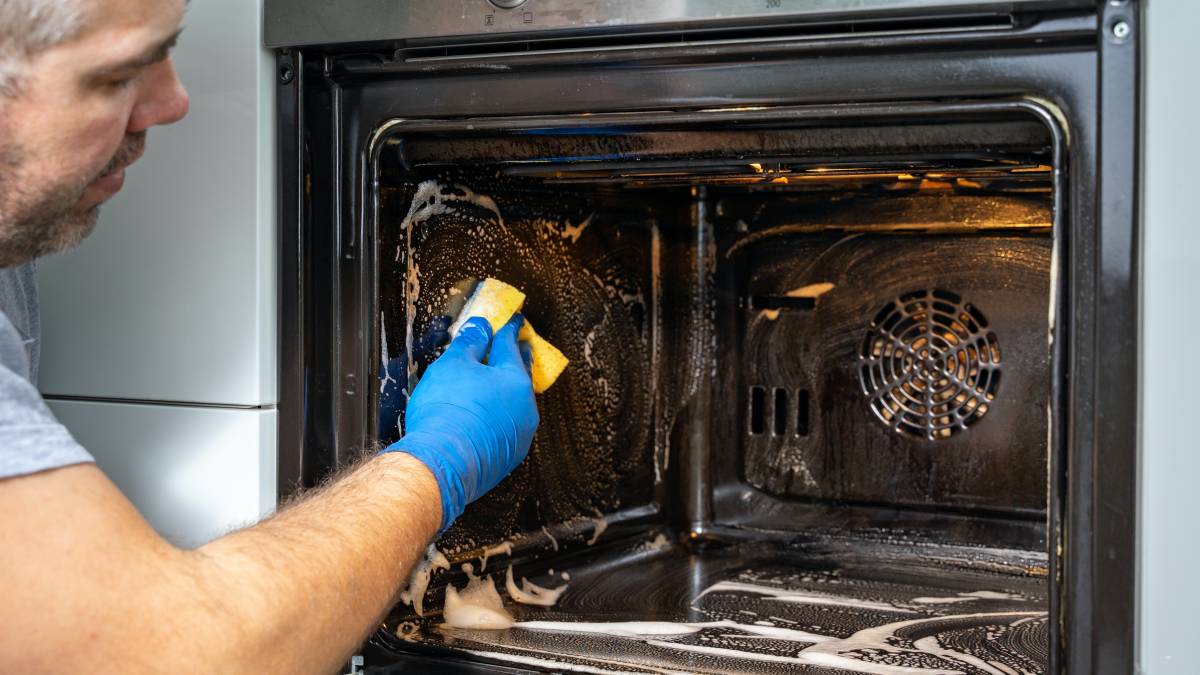
How much does oven cleaning cost?
Read more
